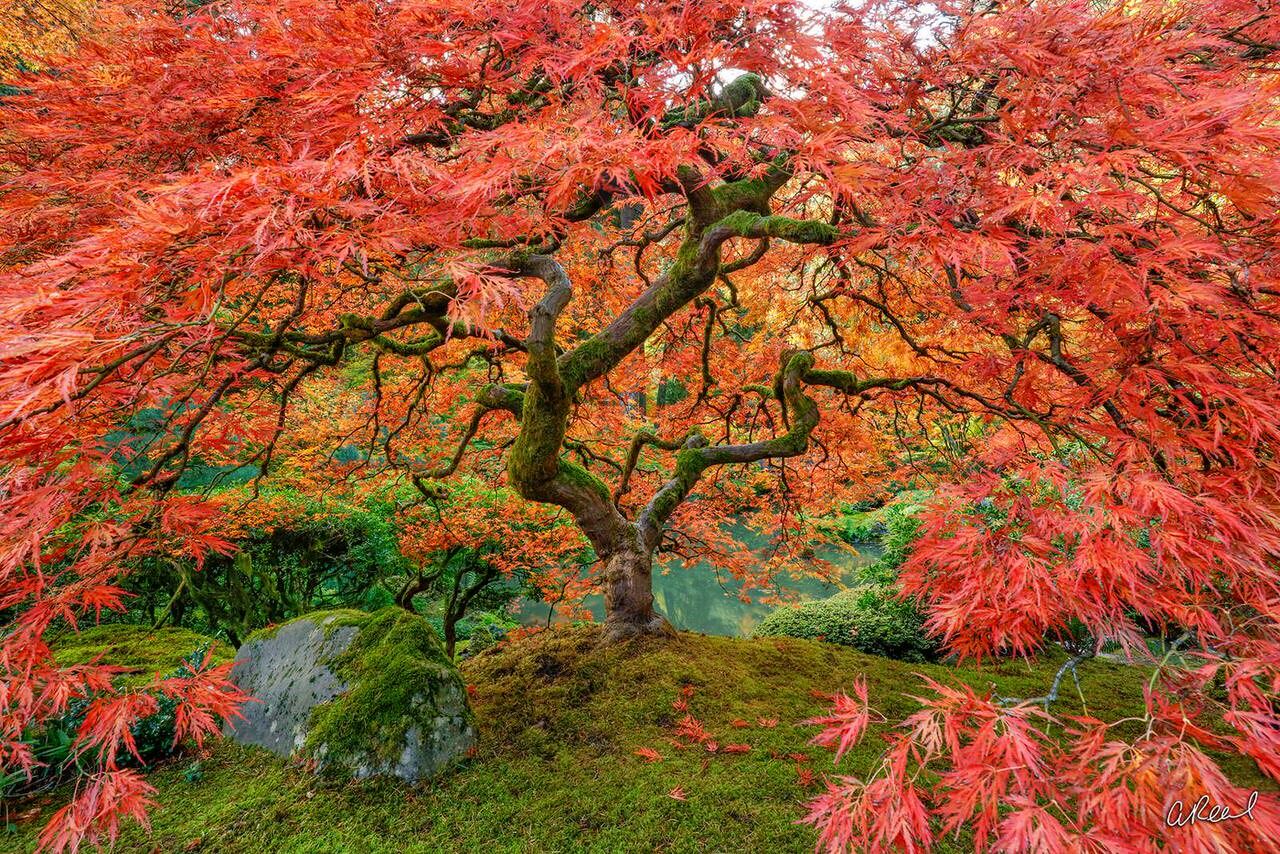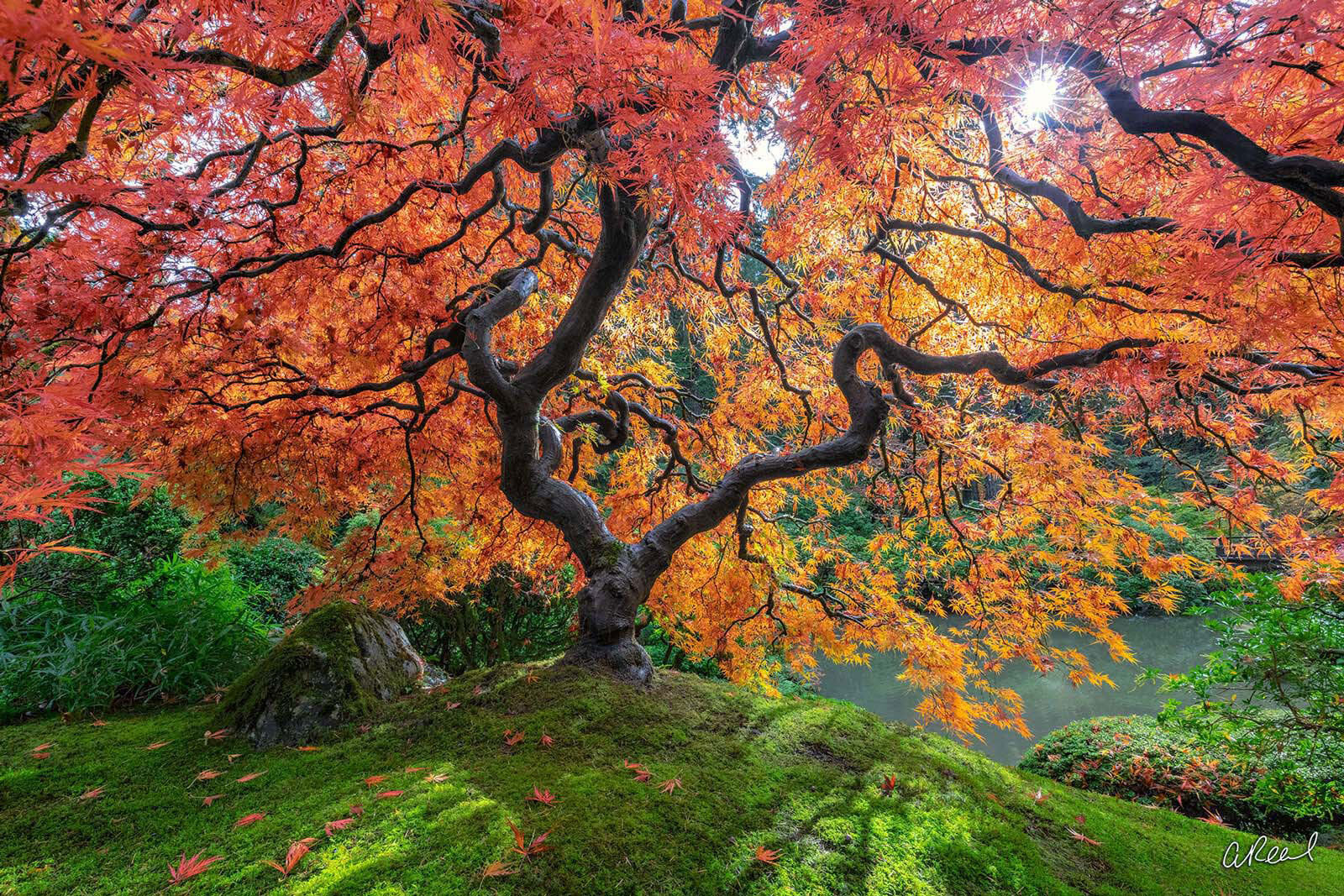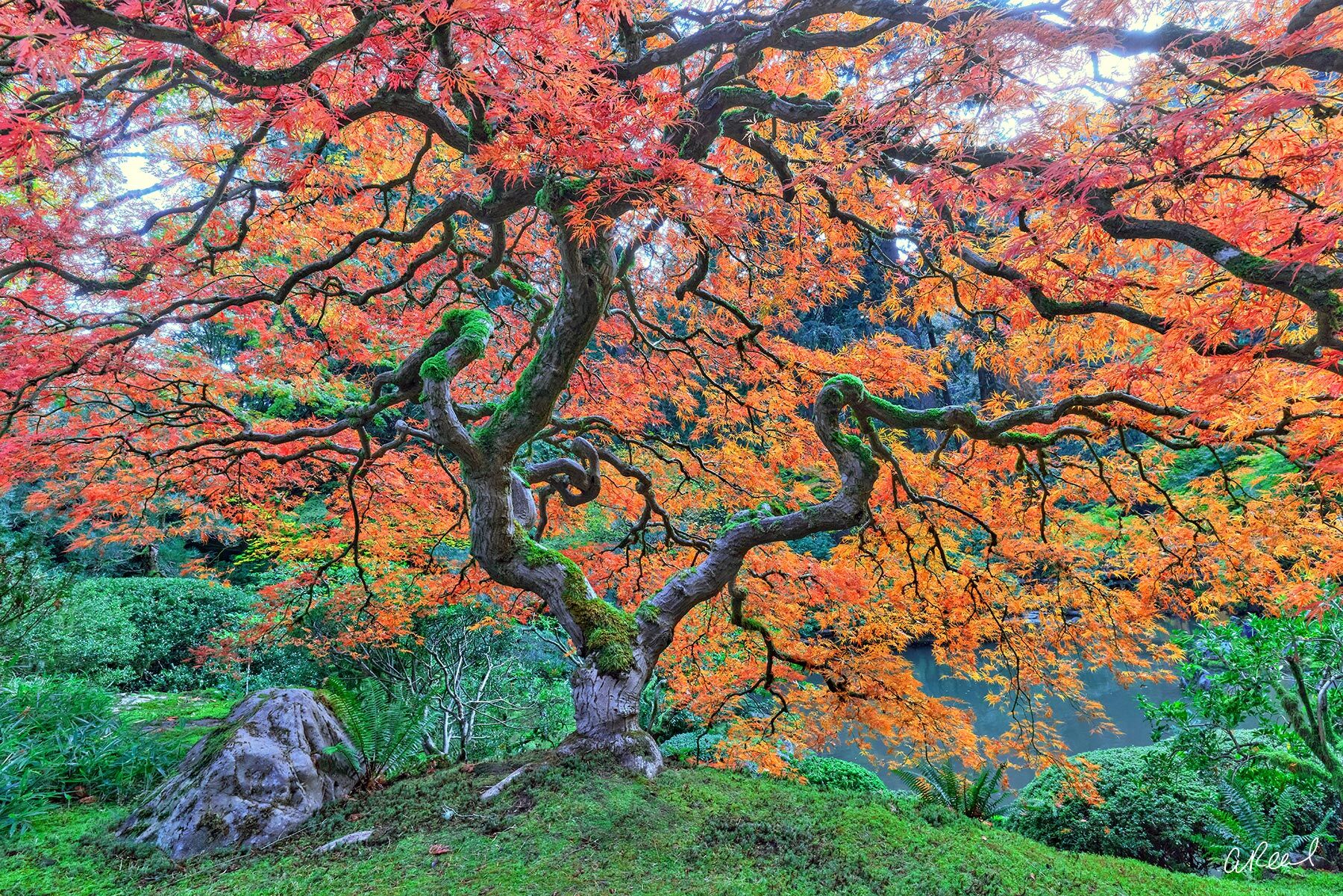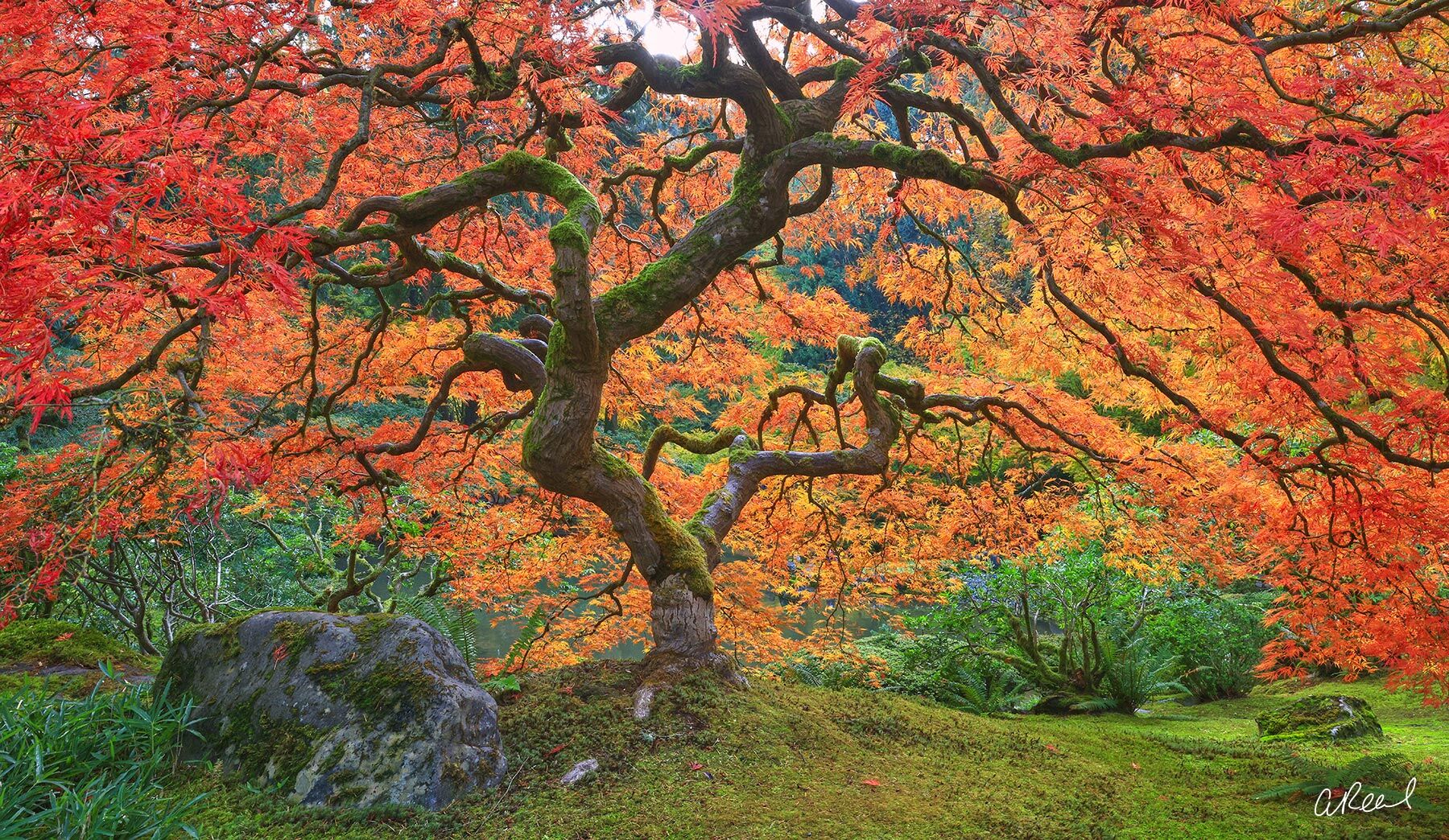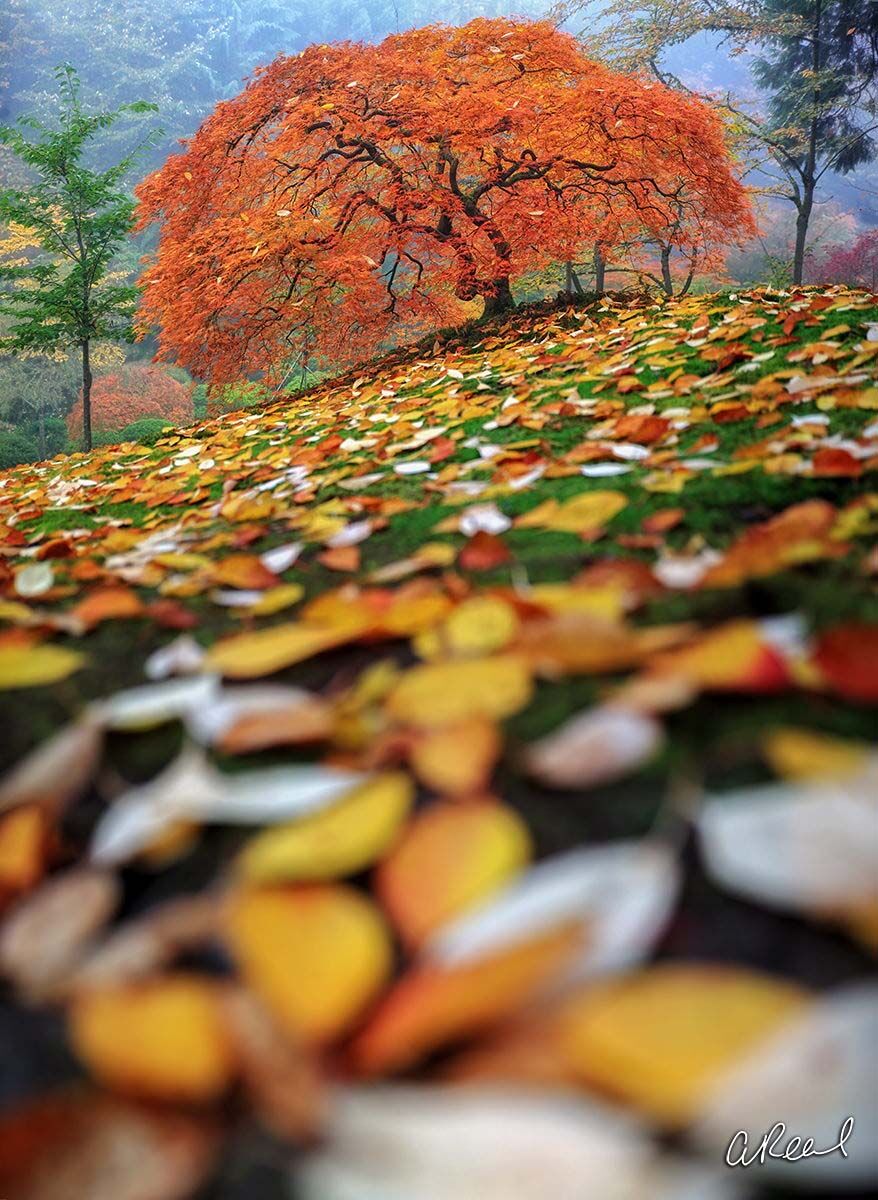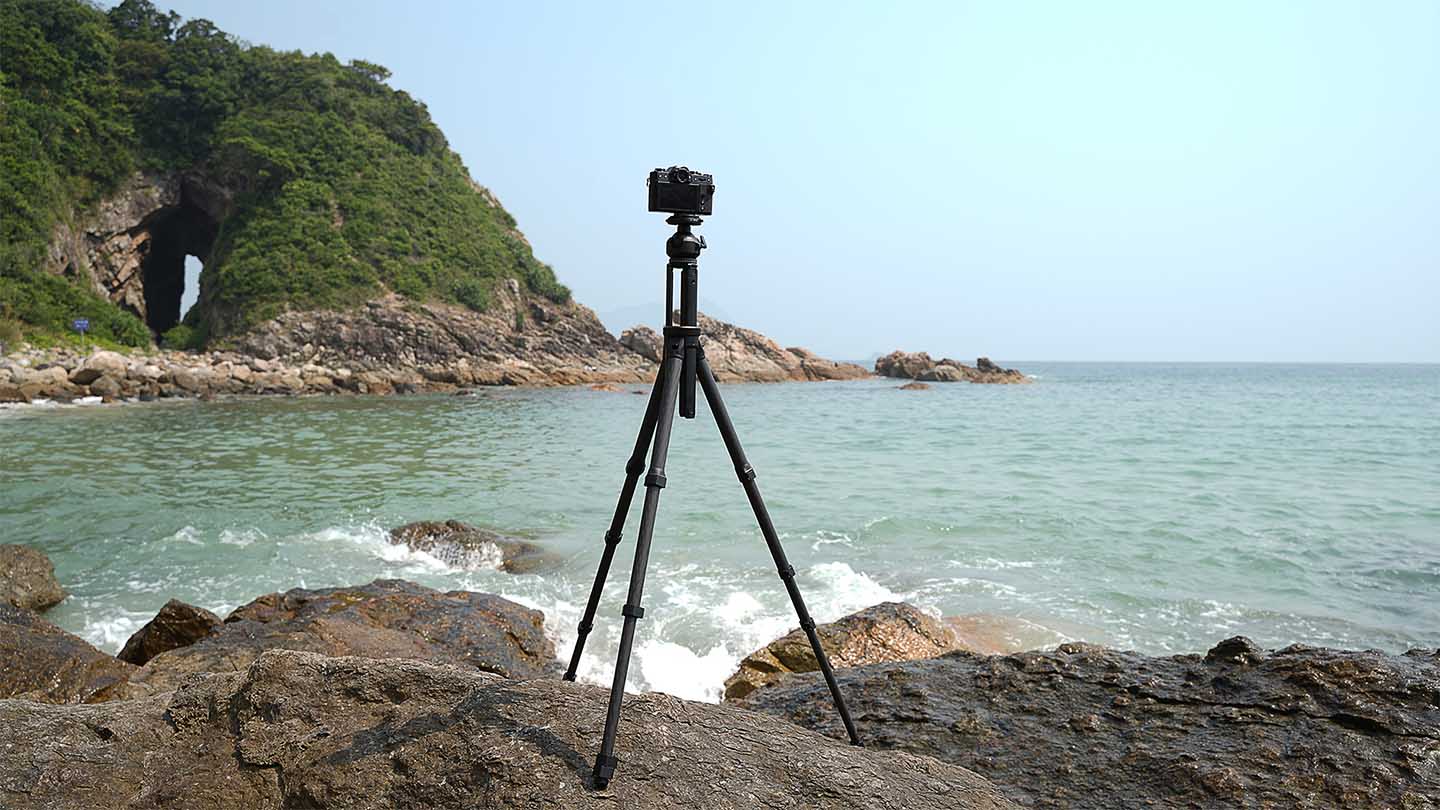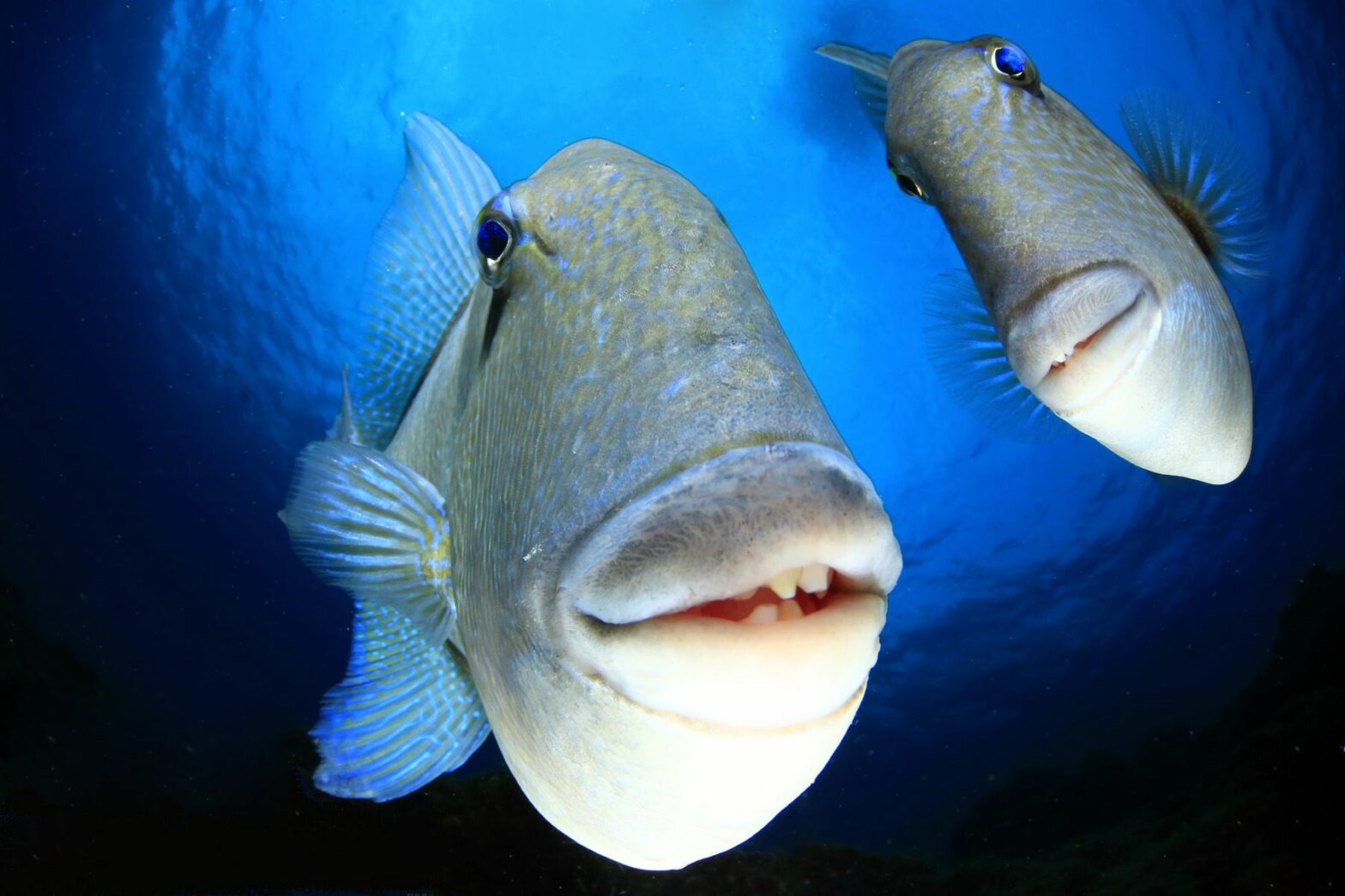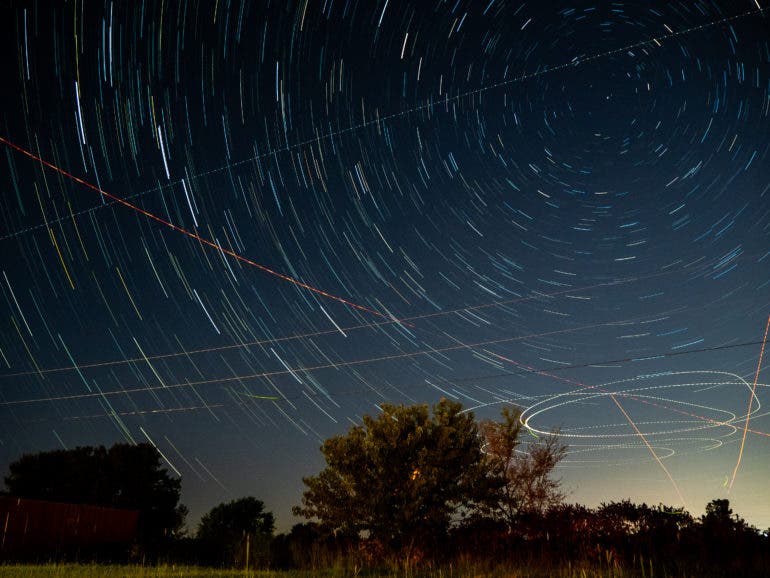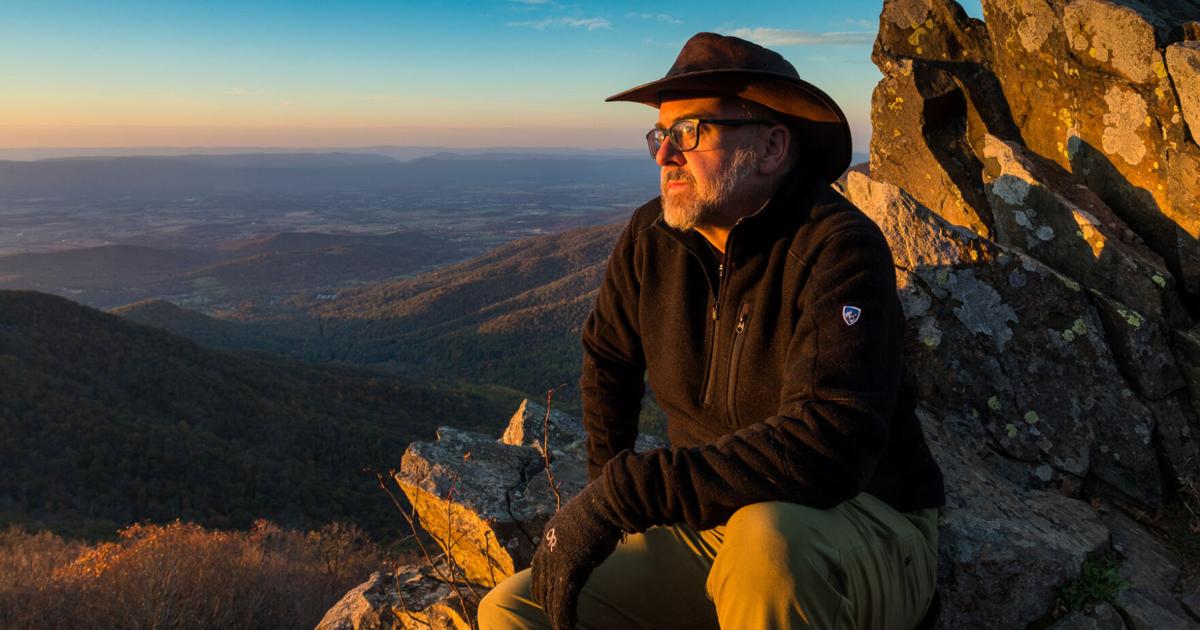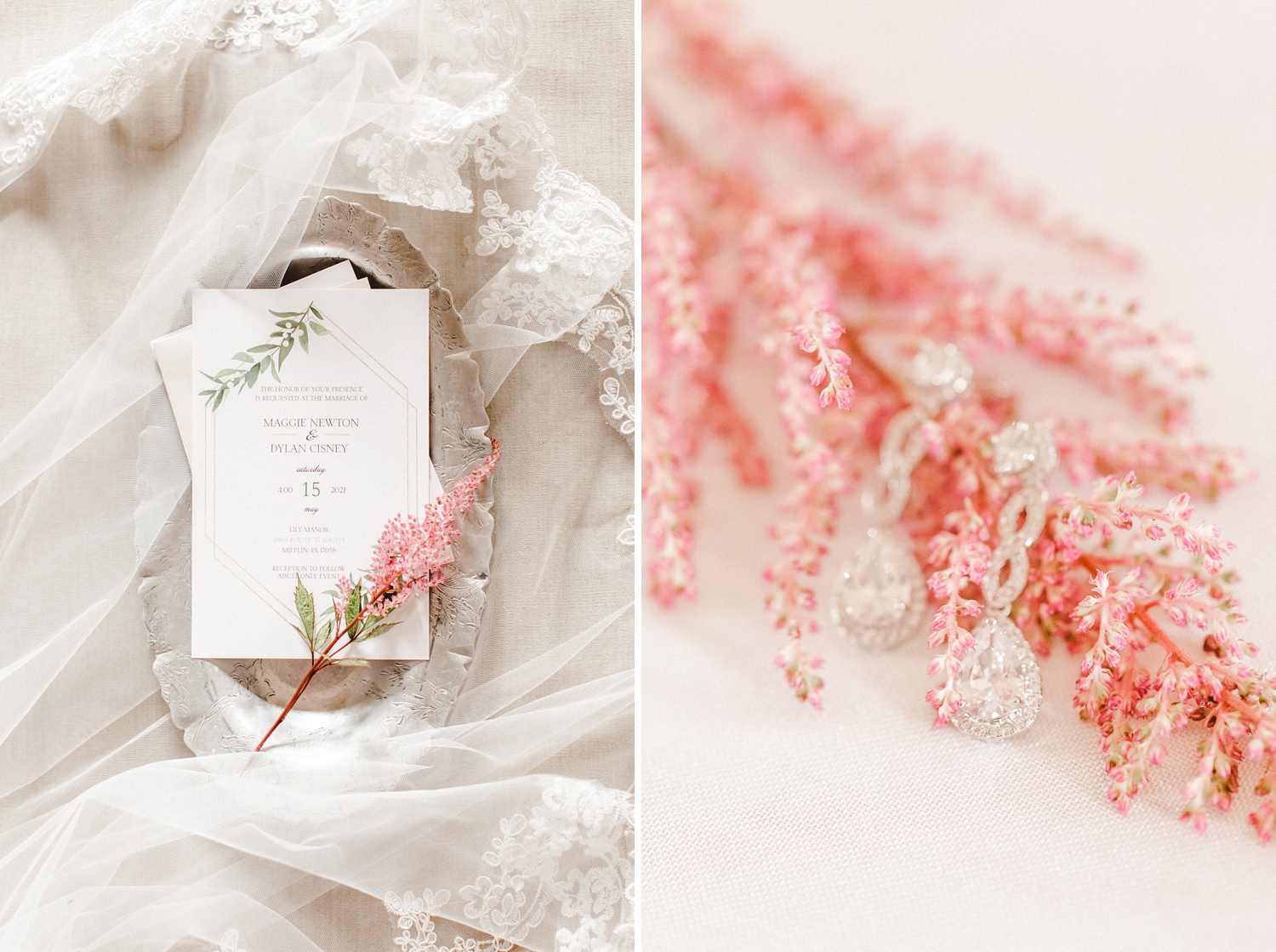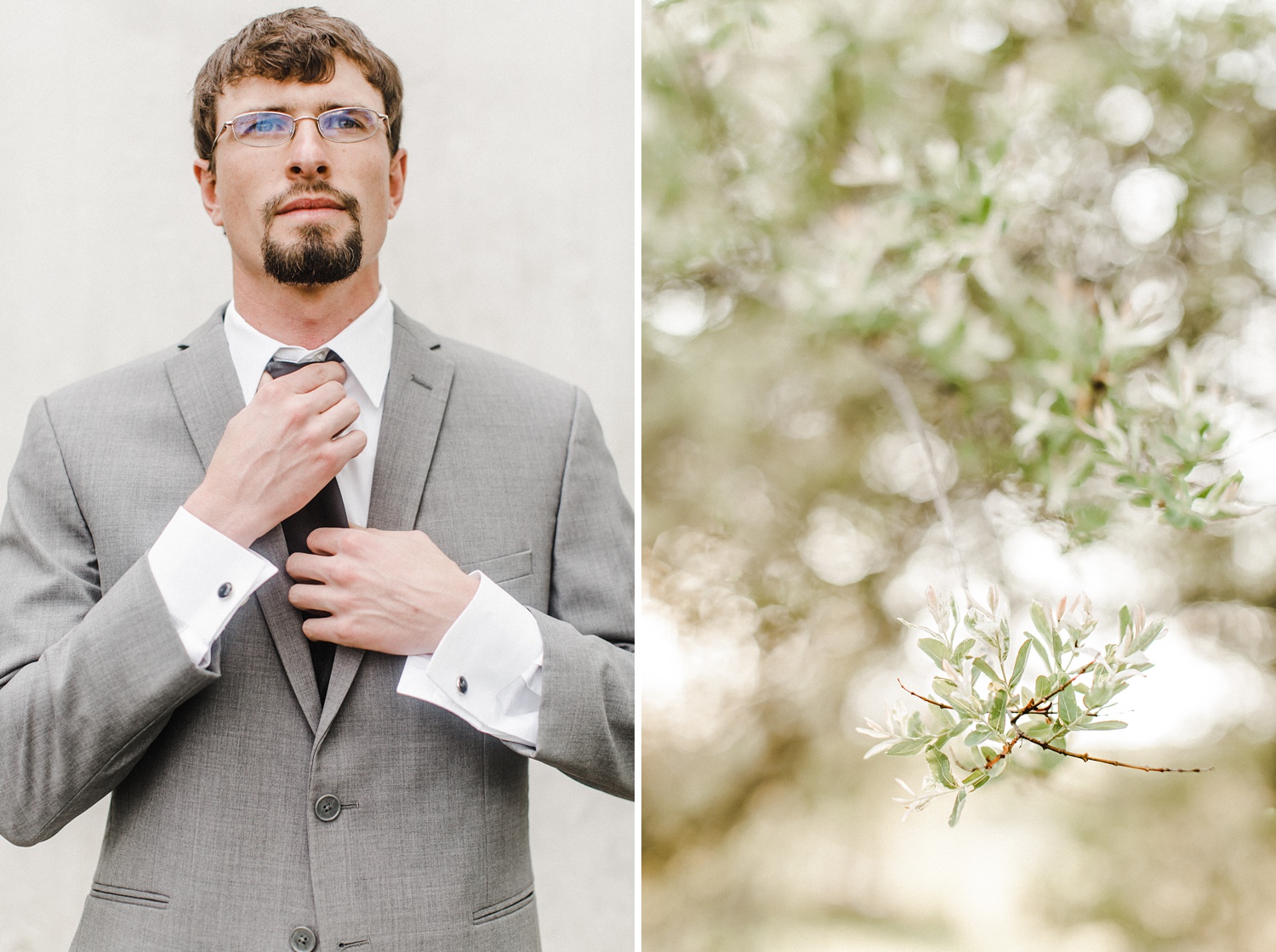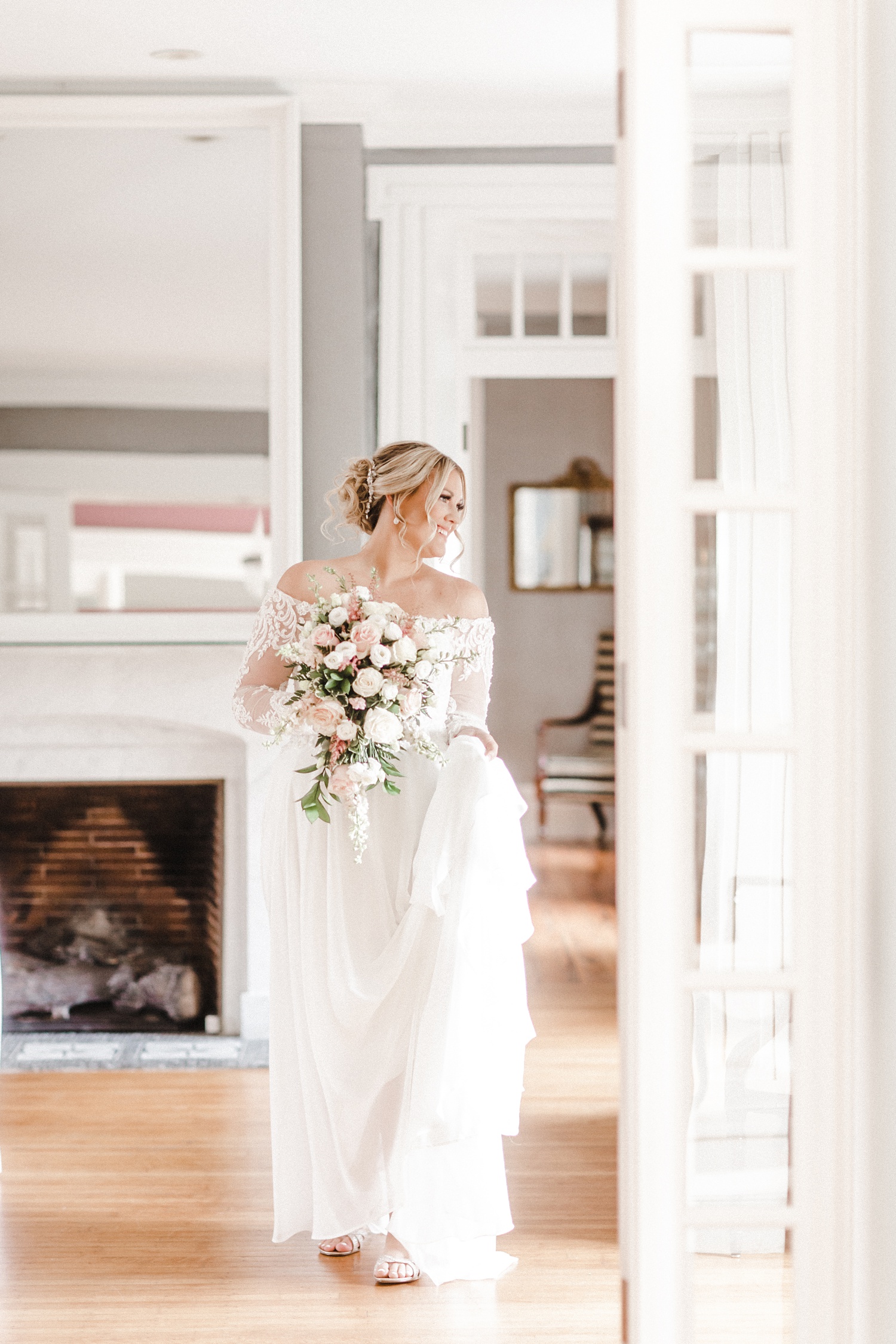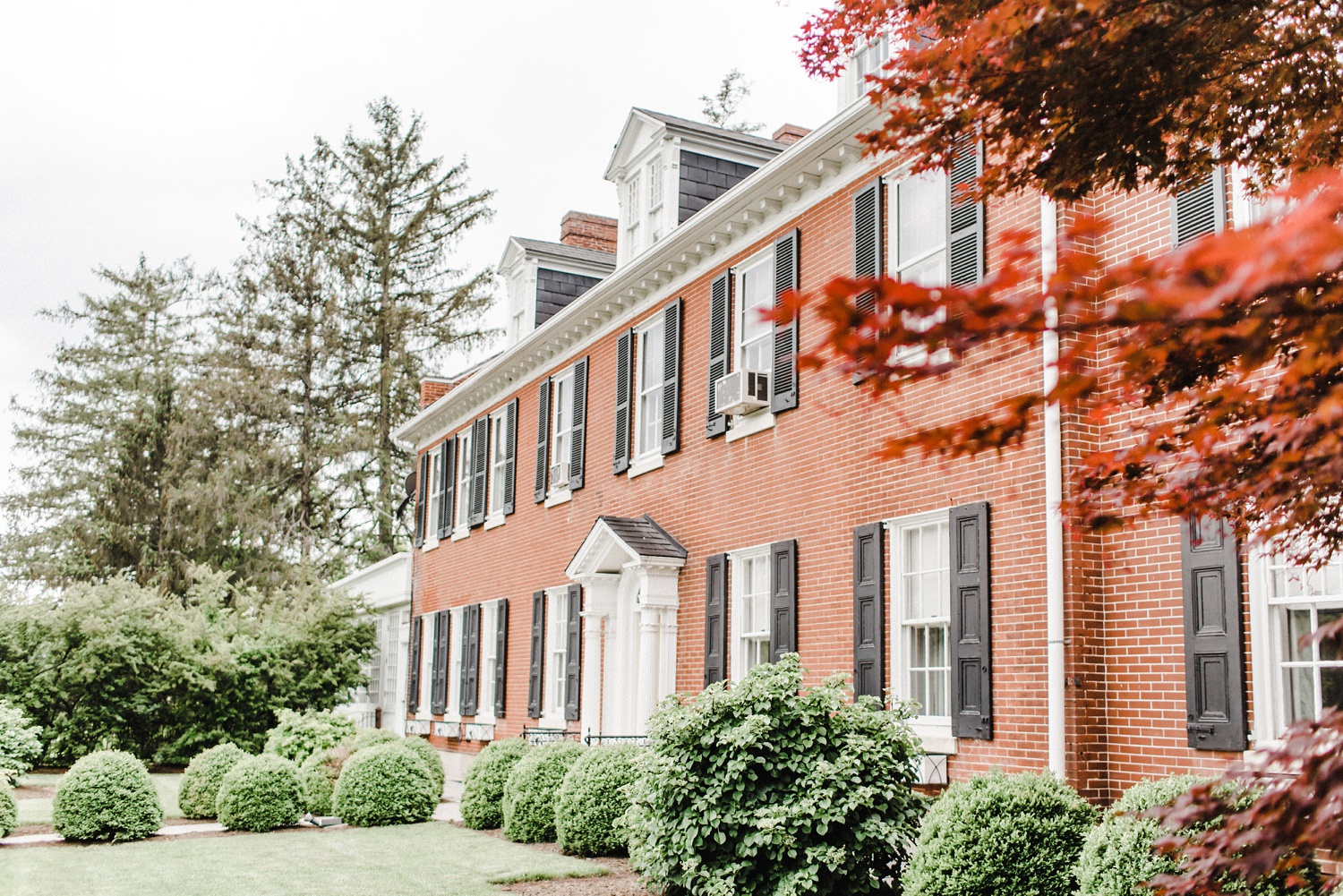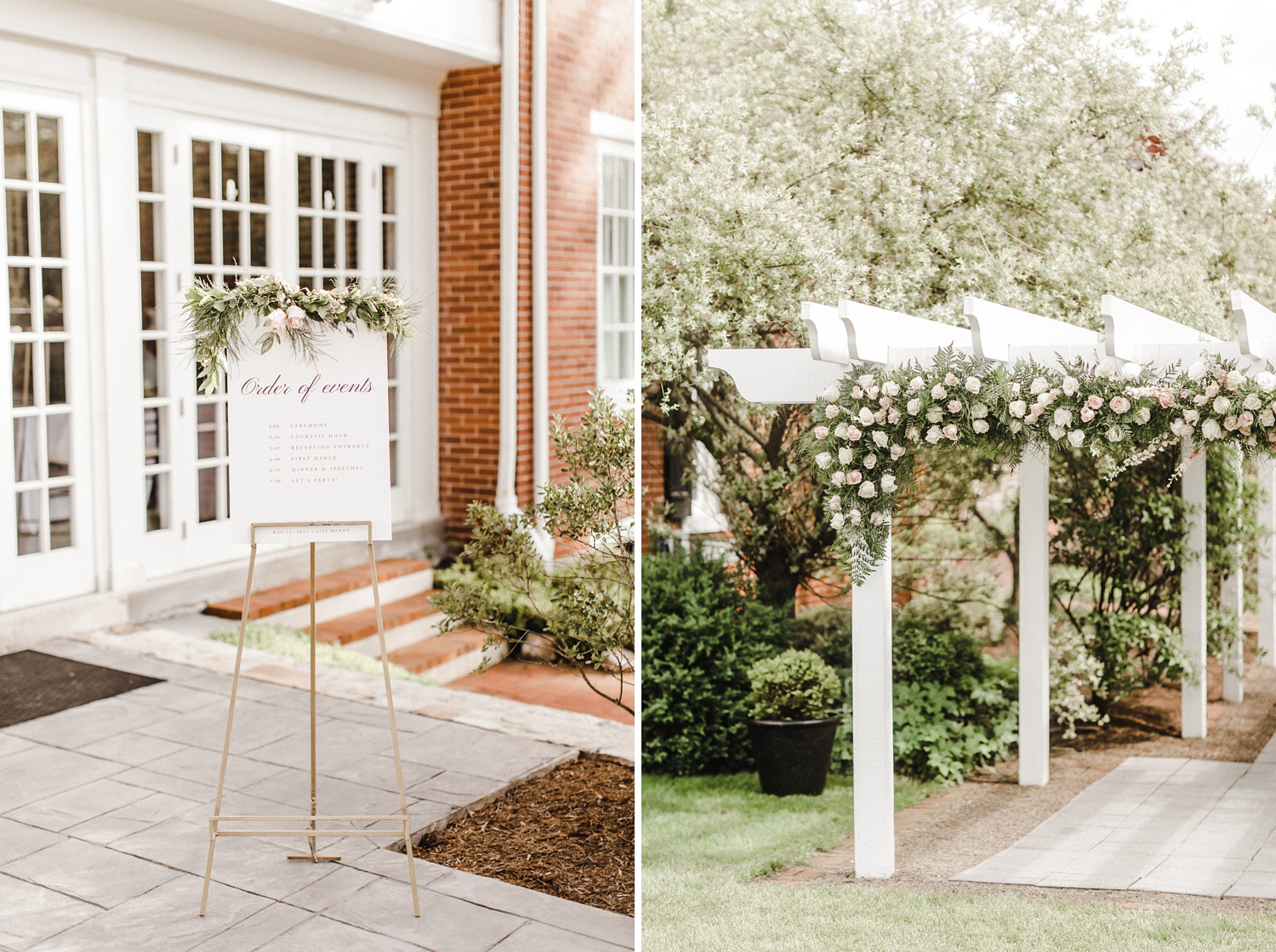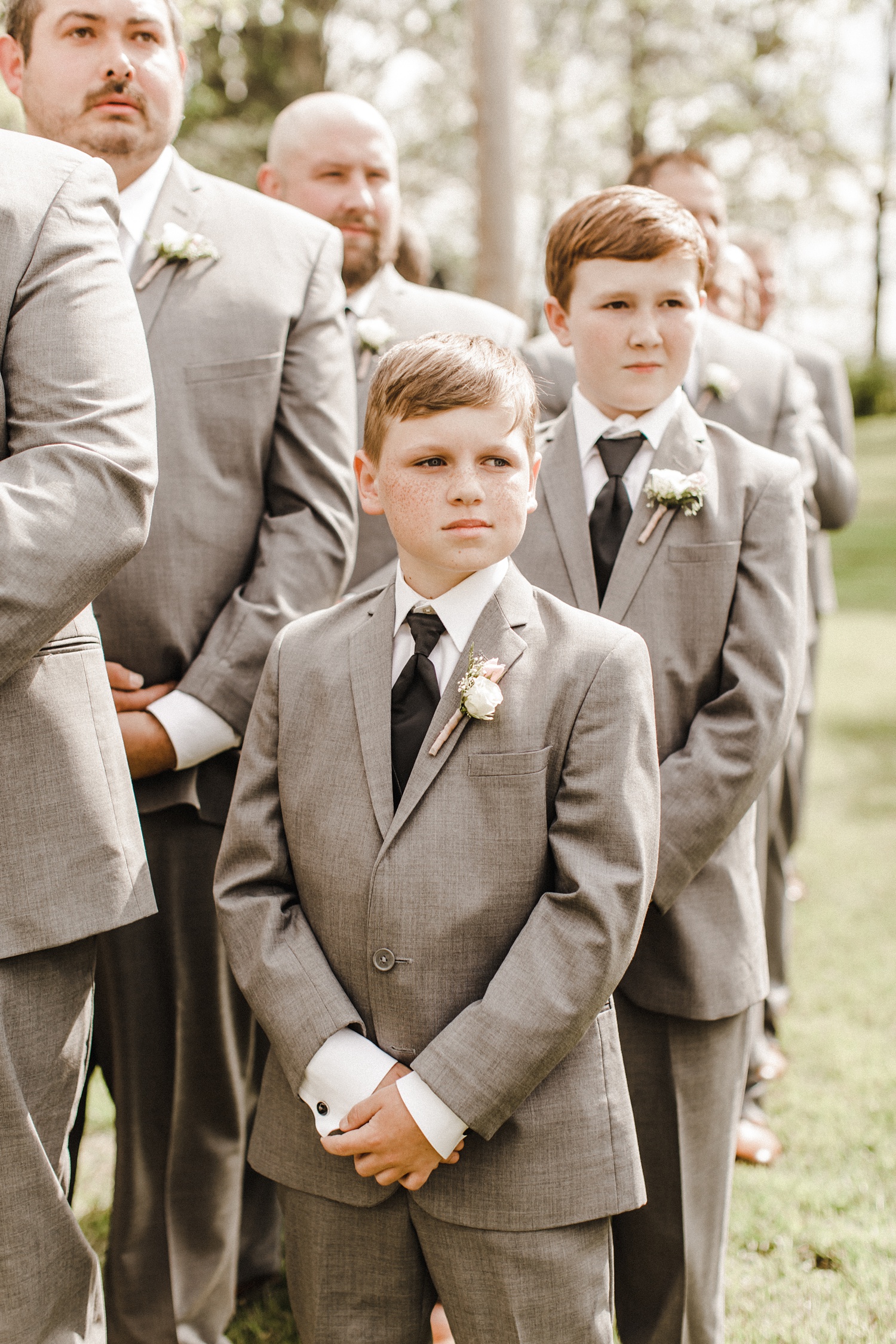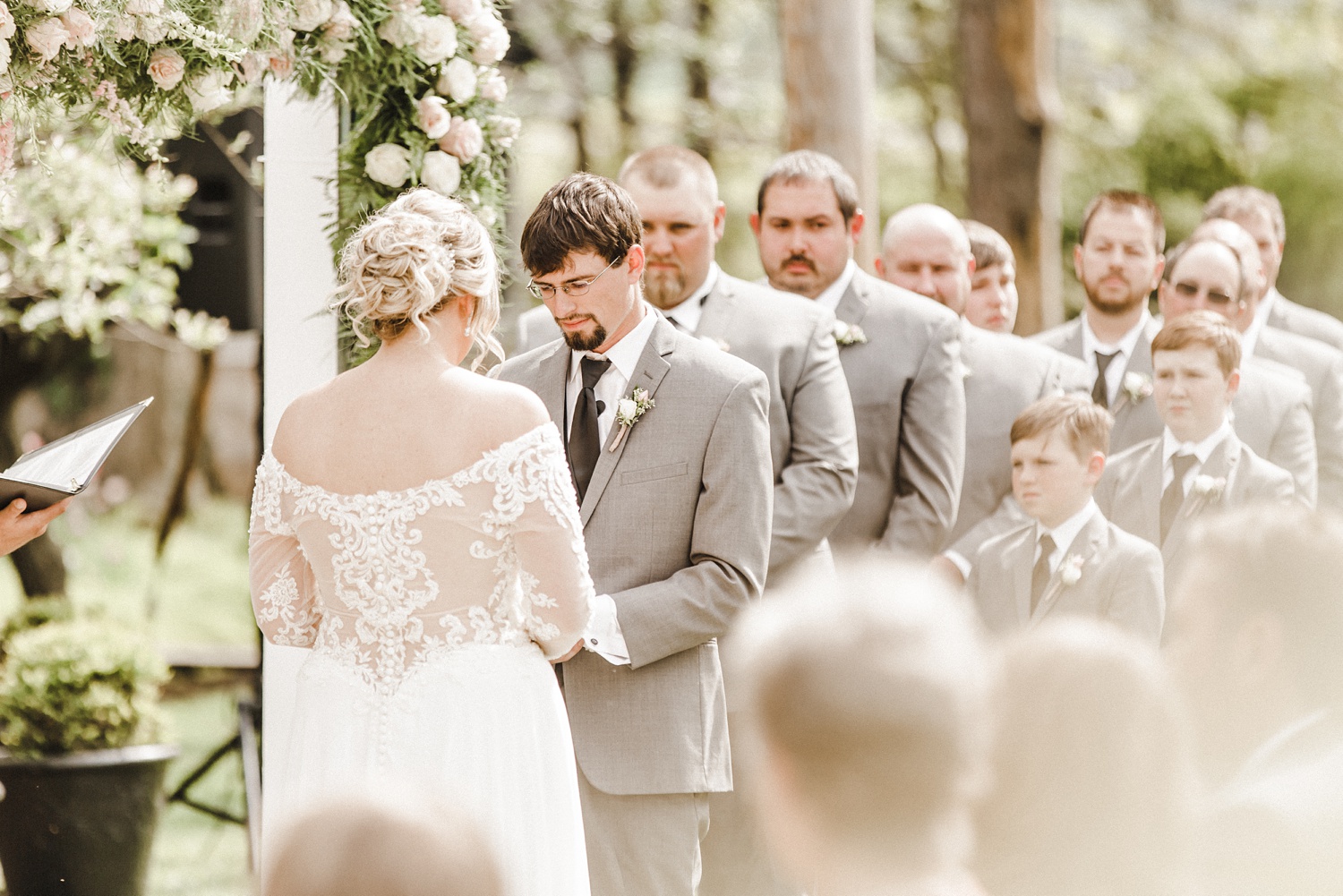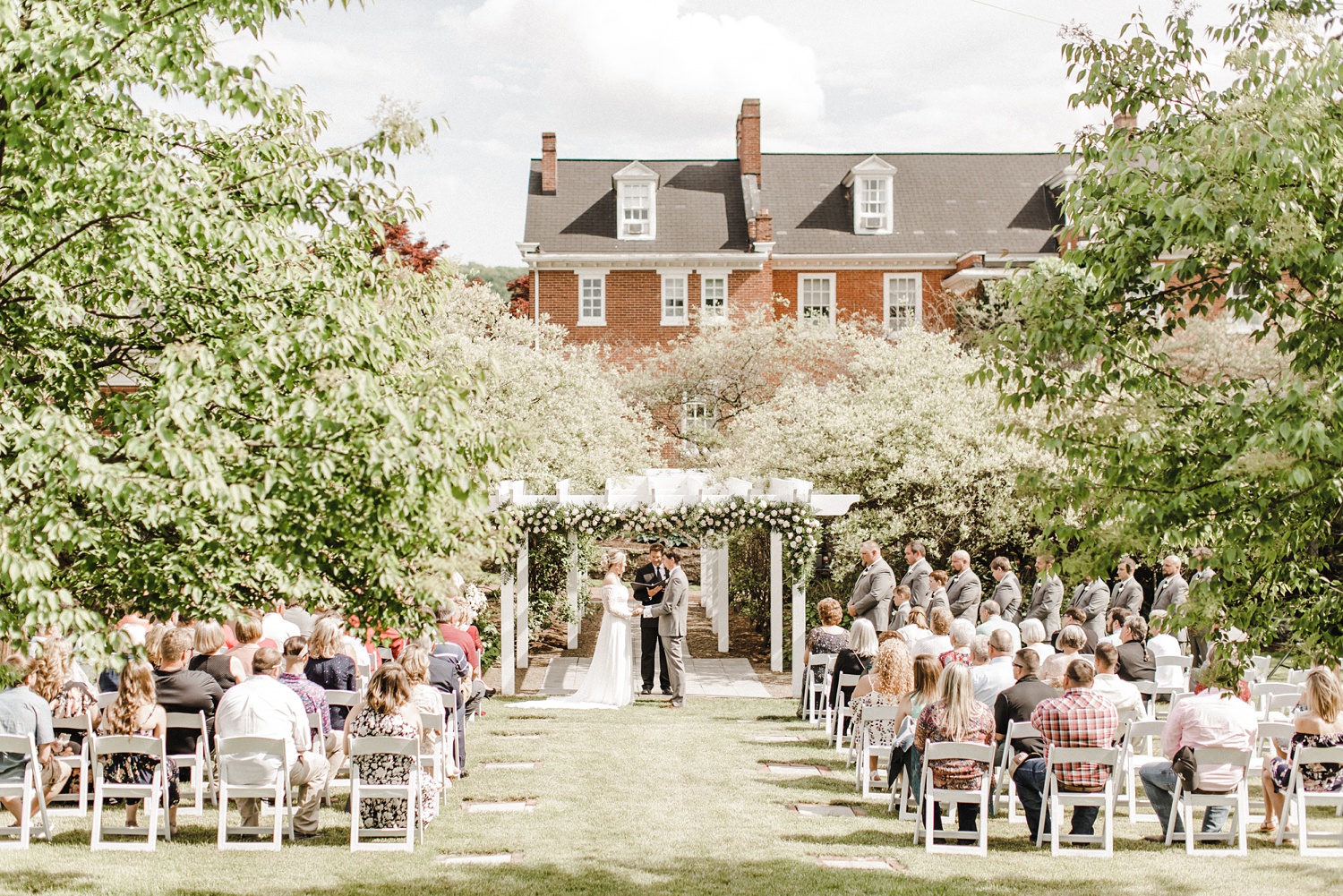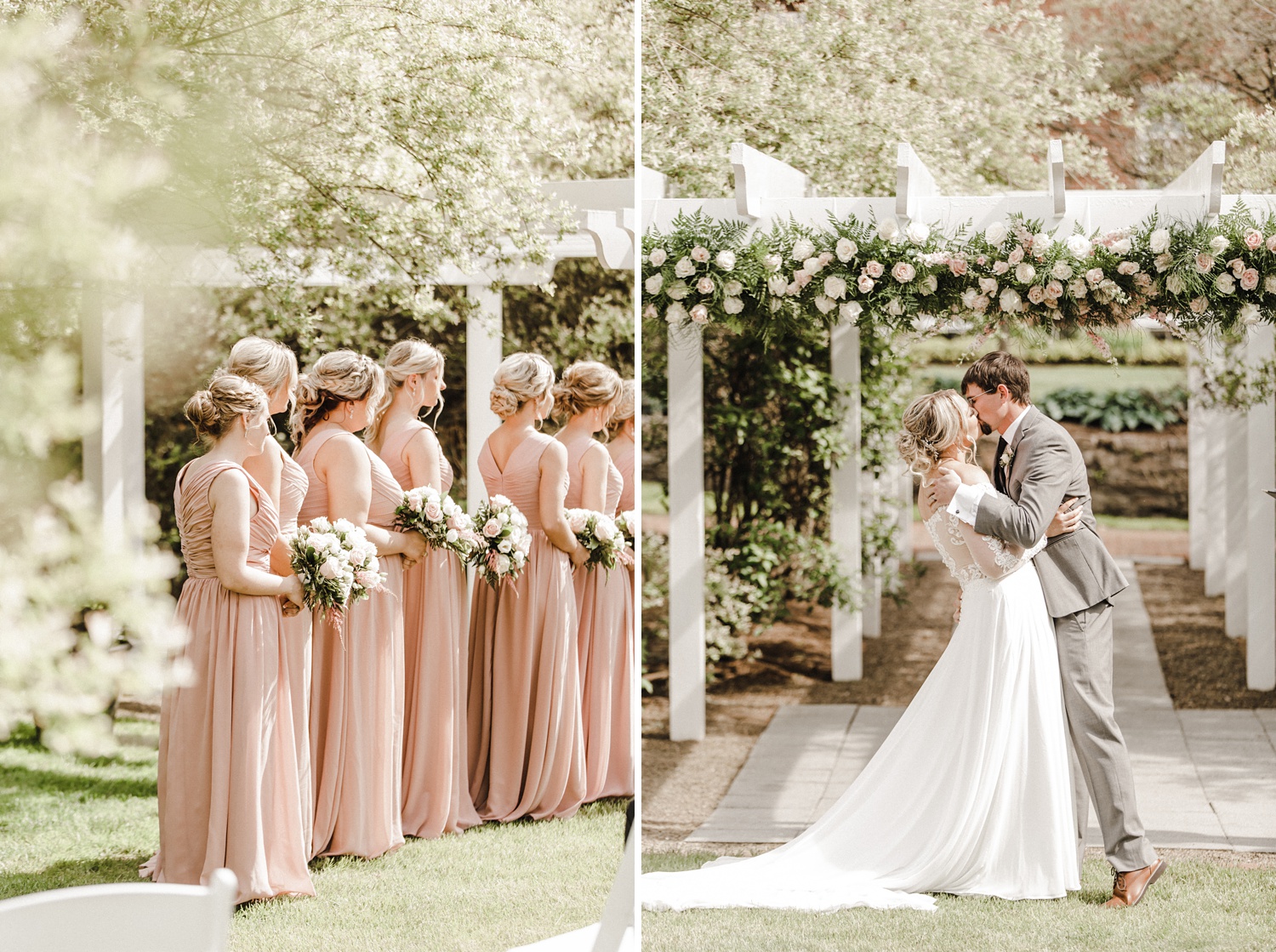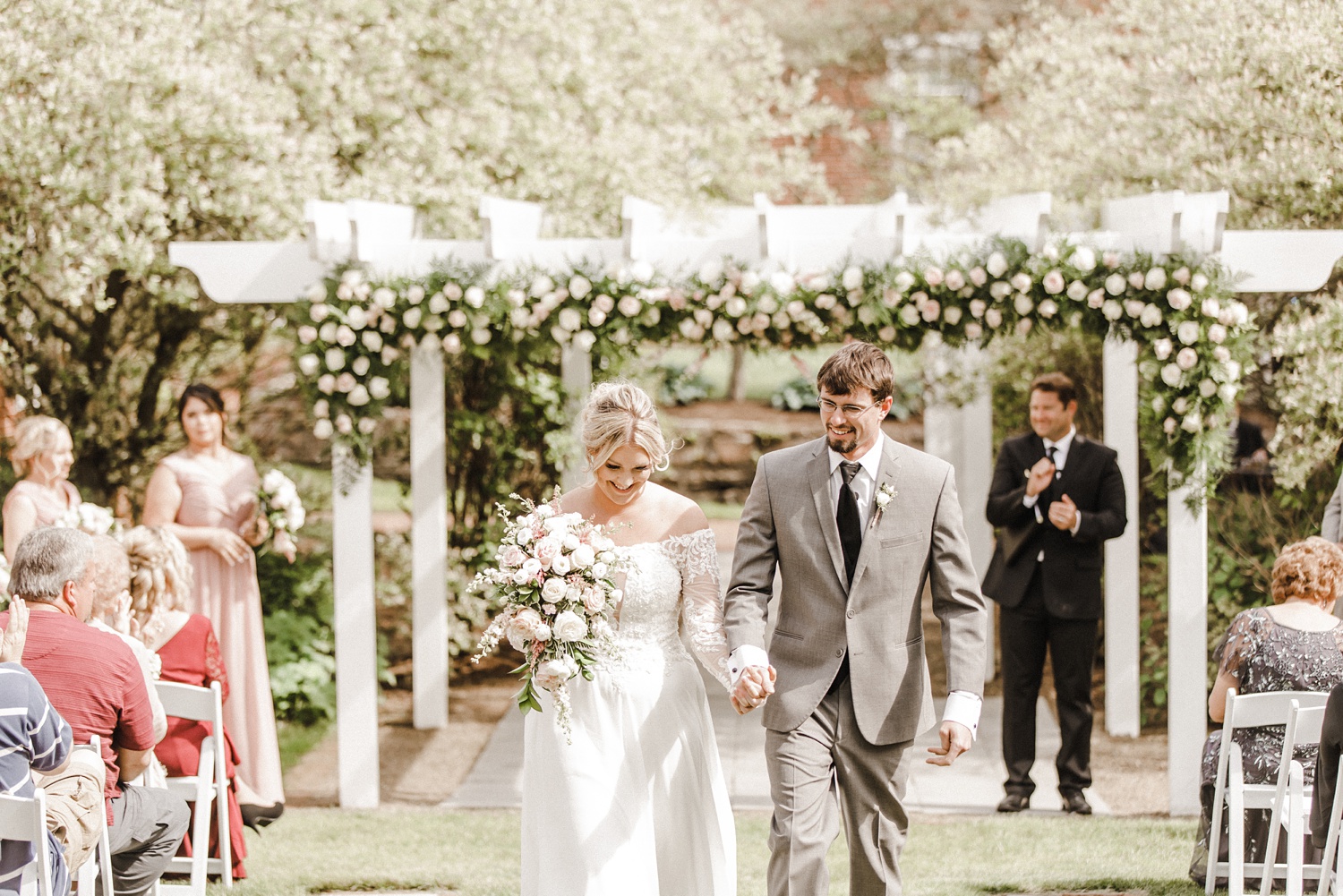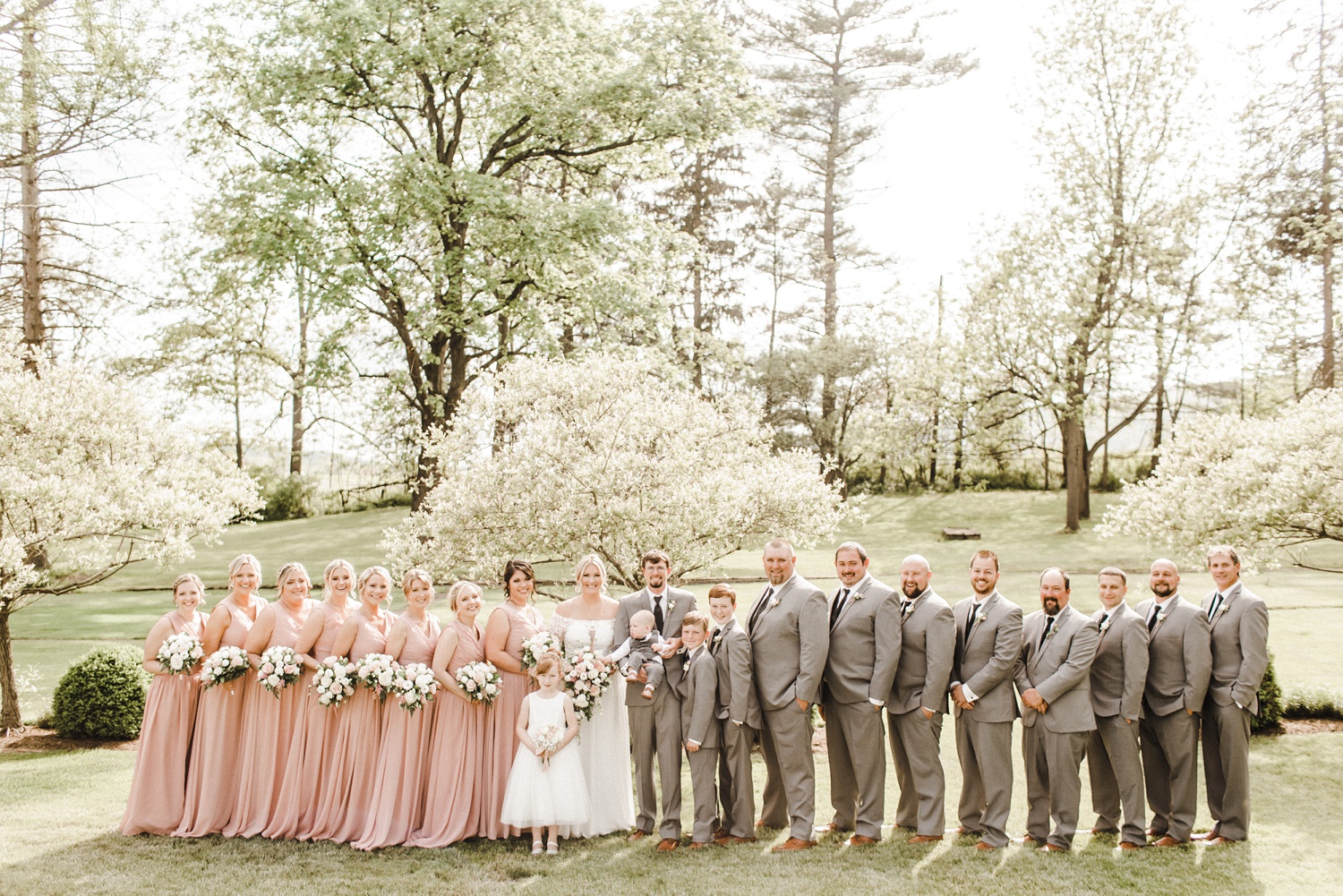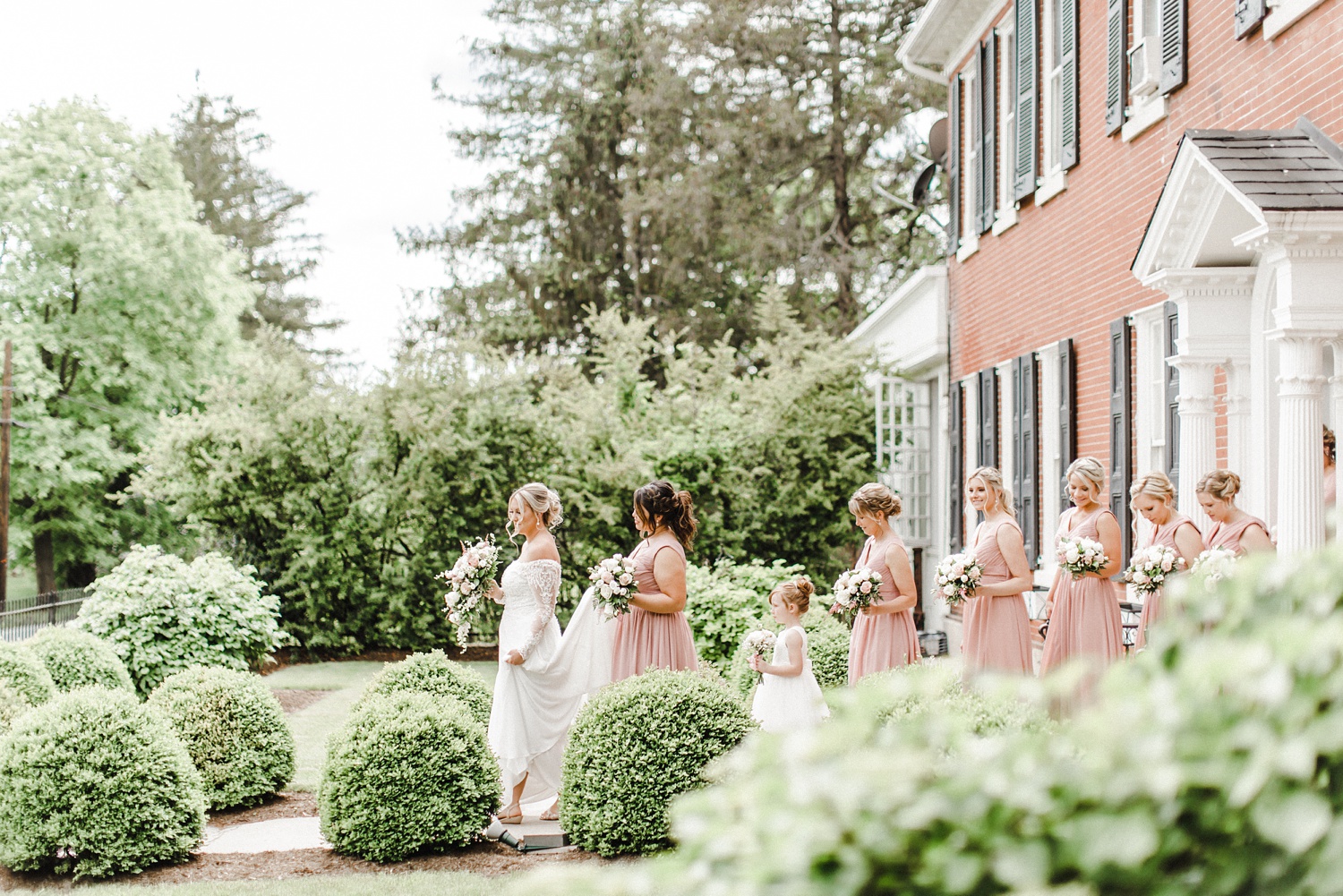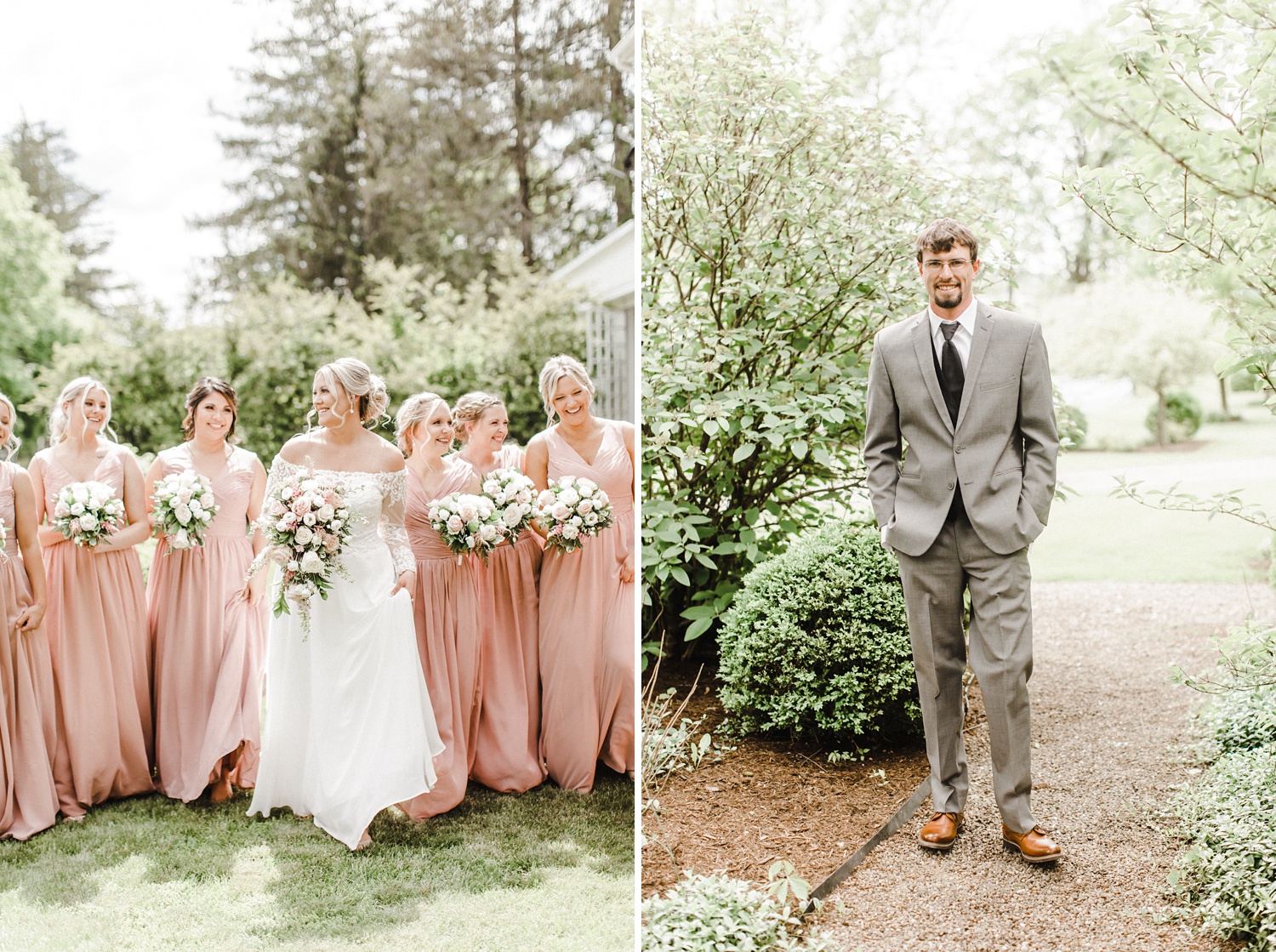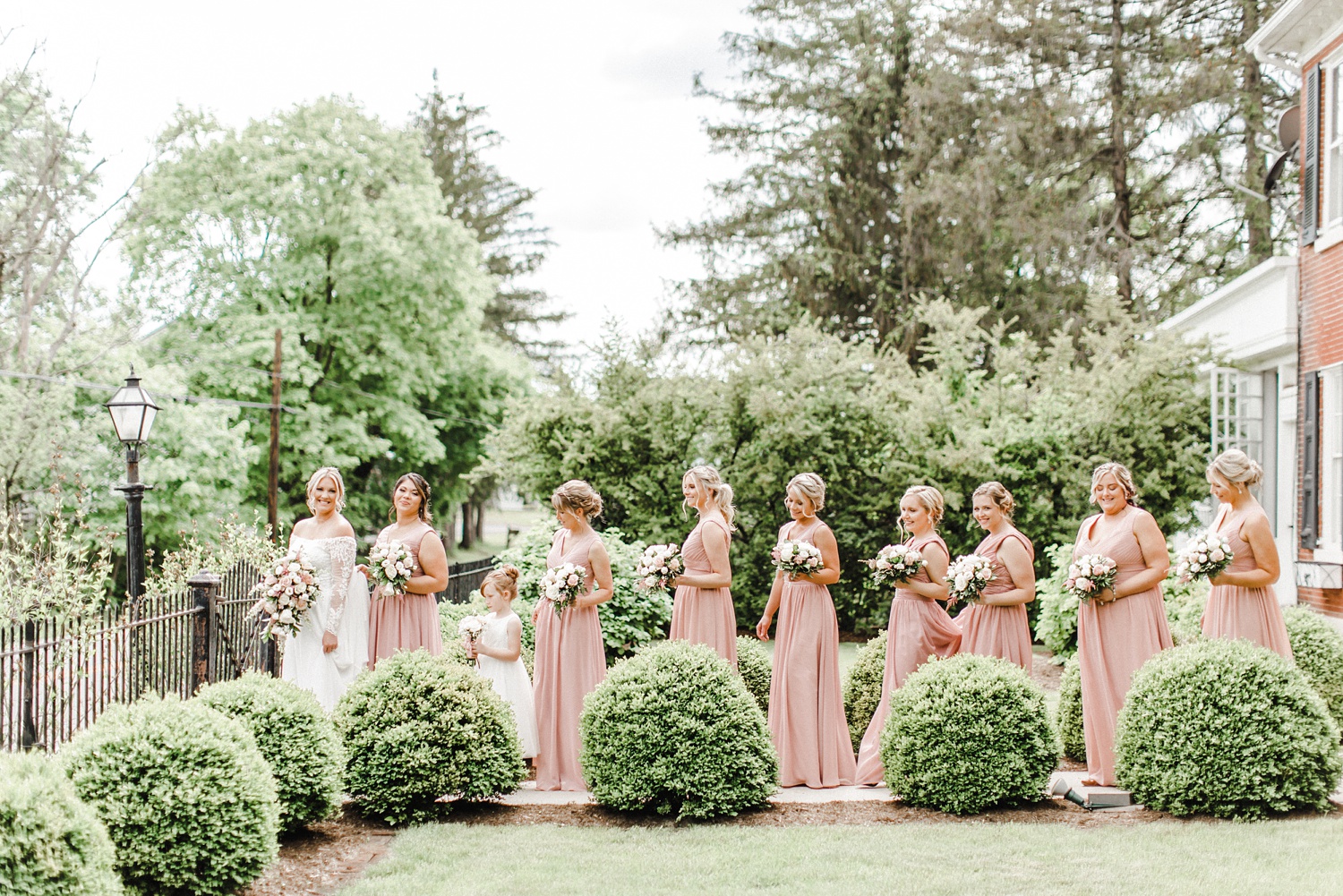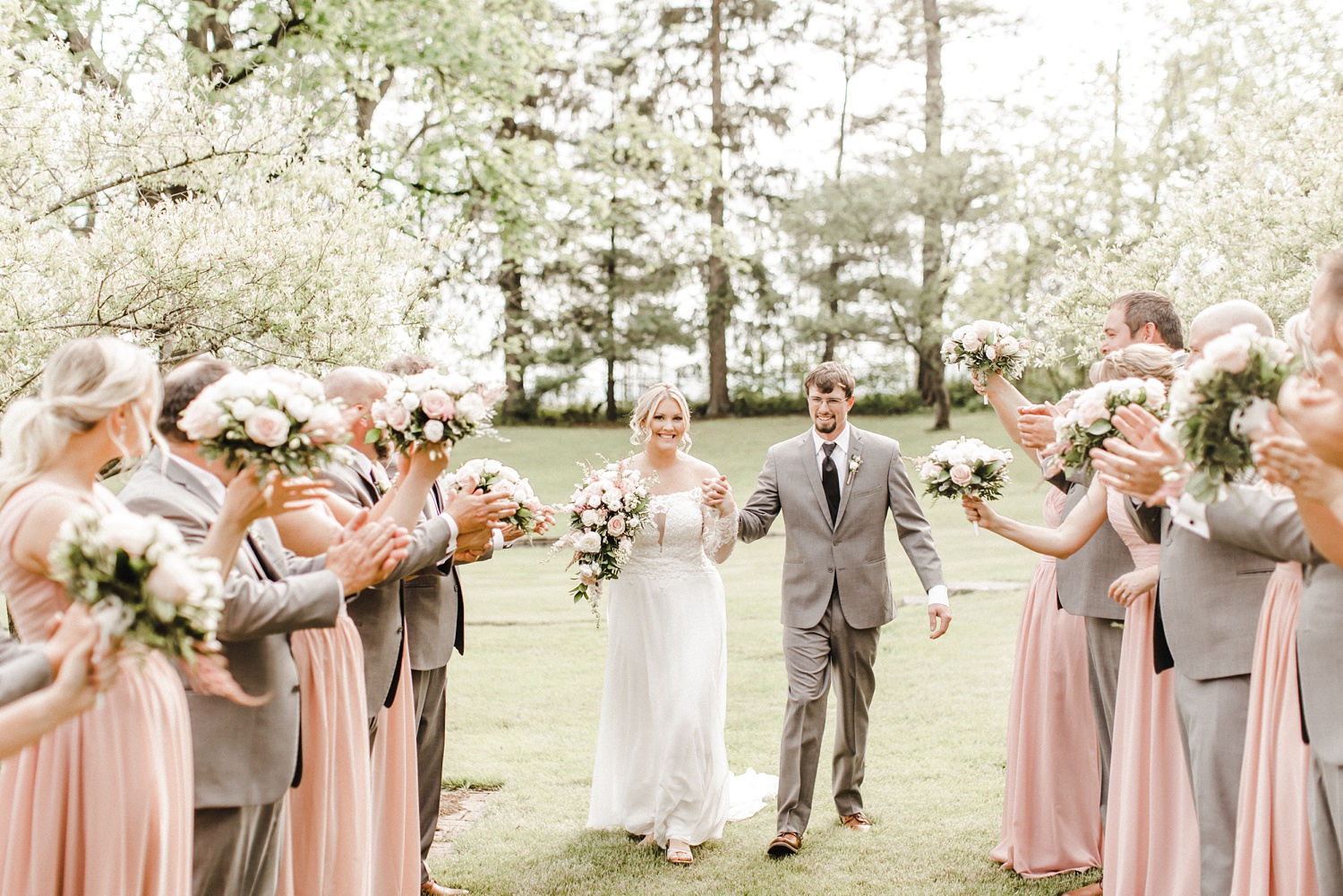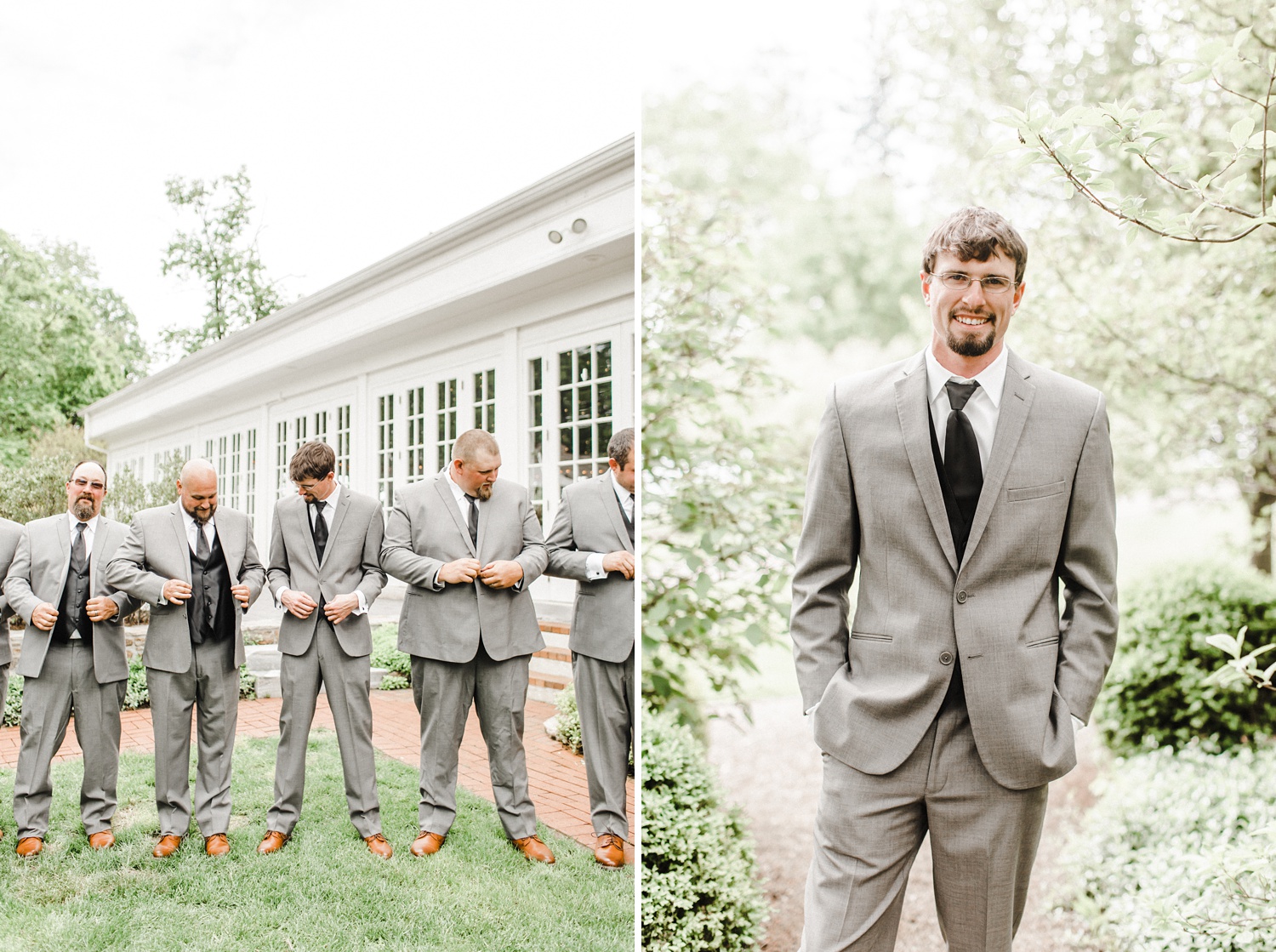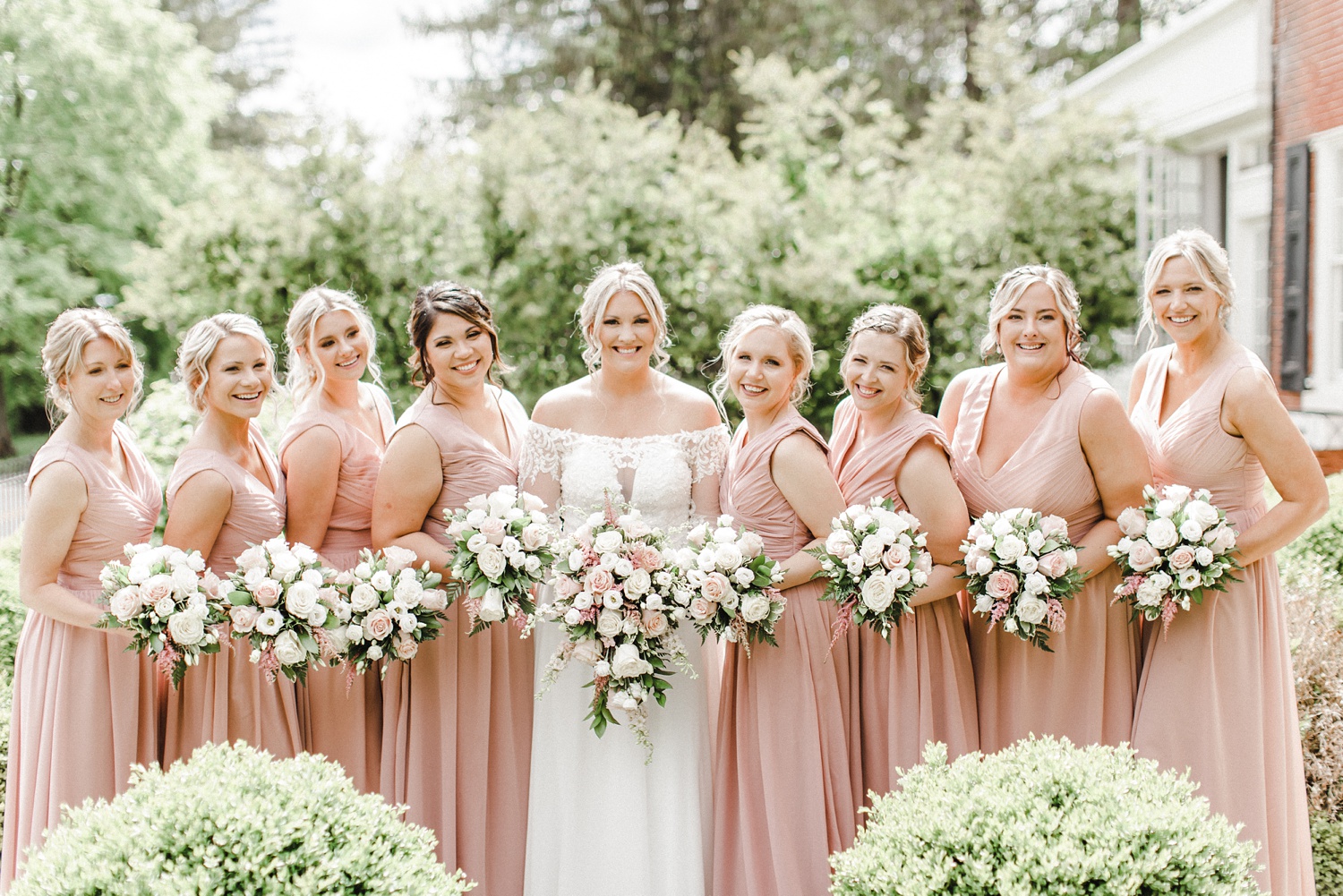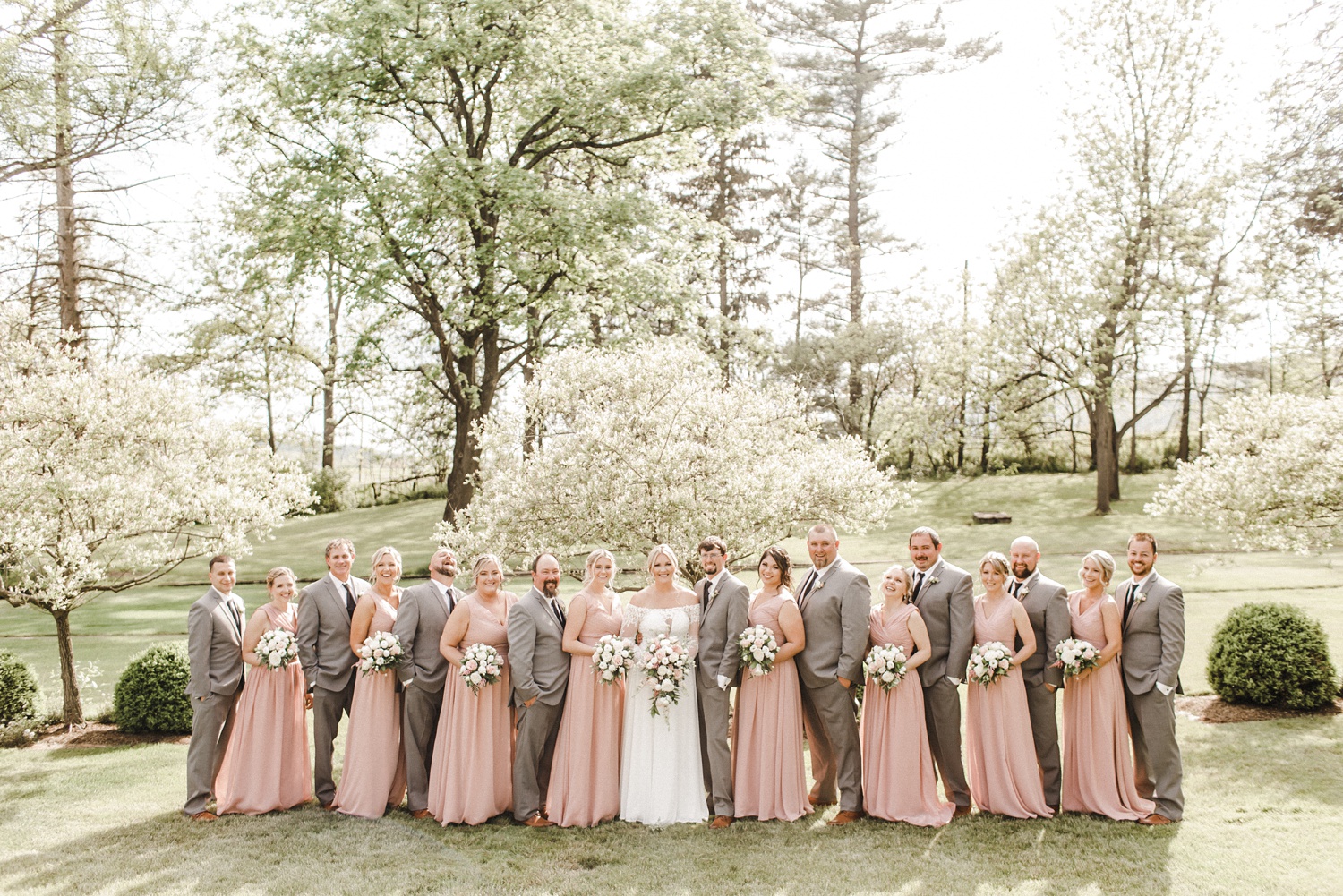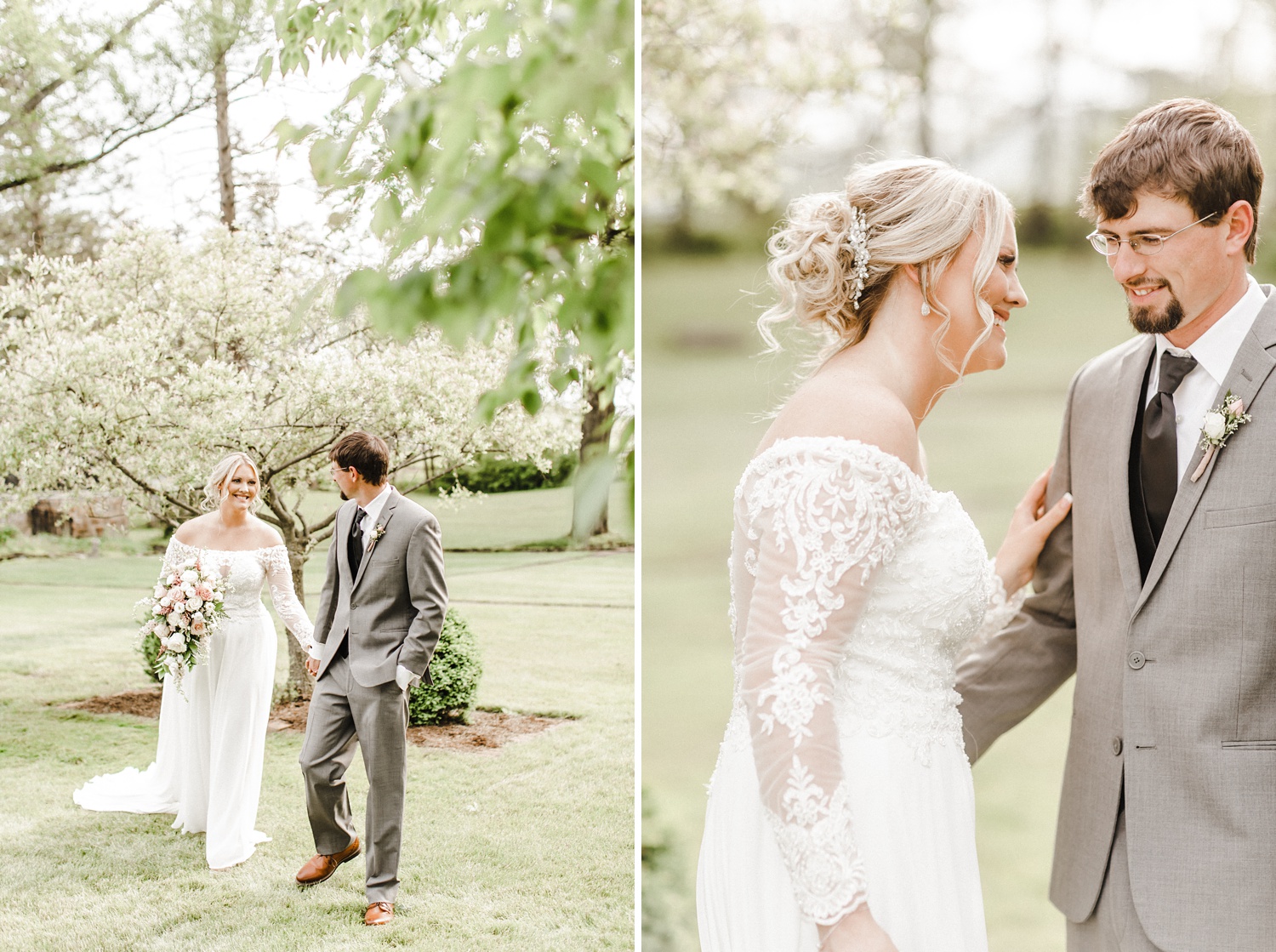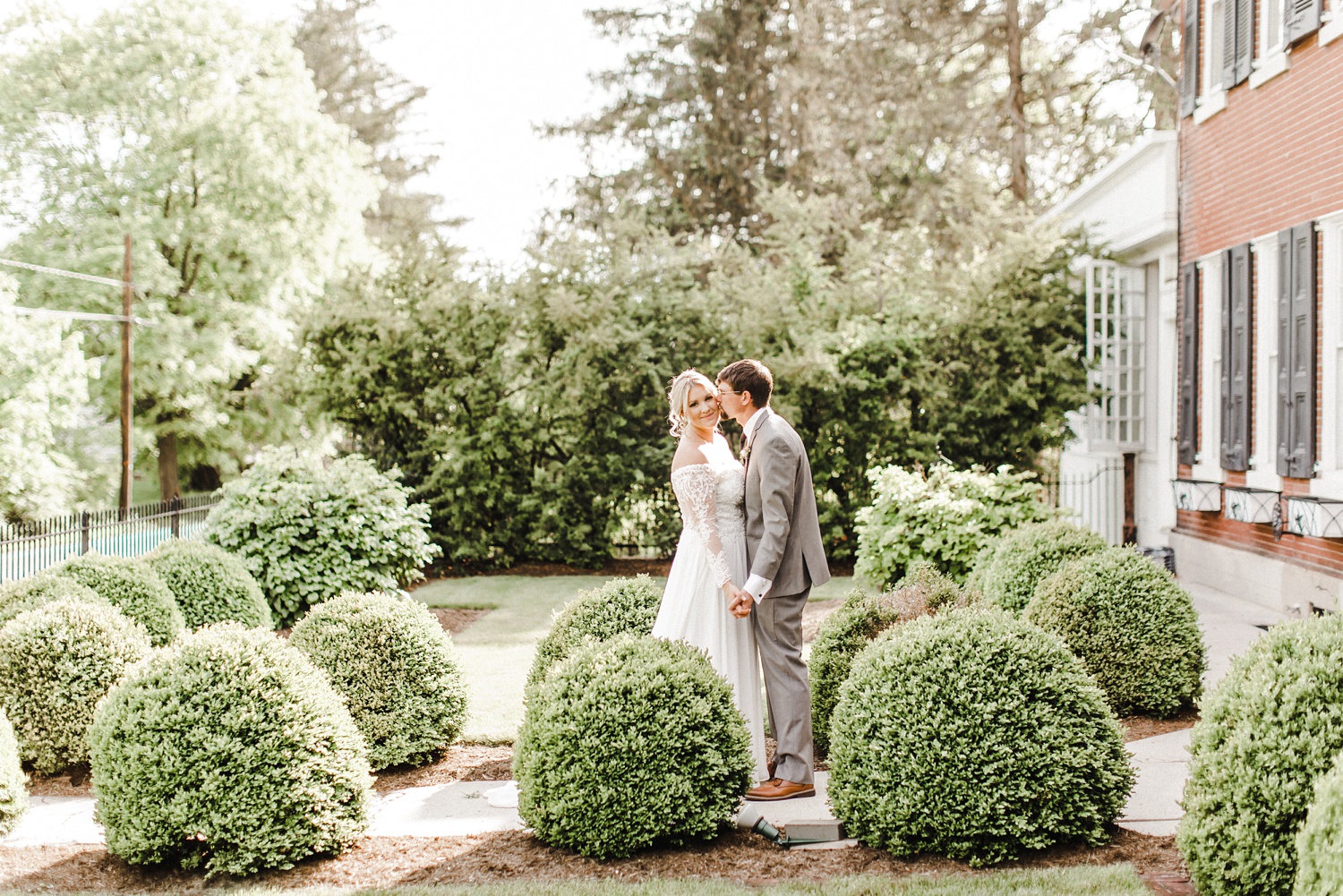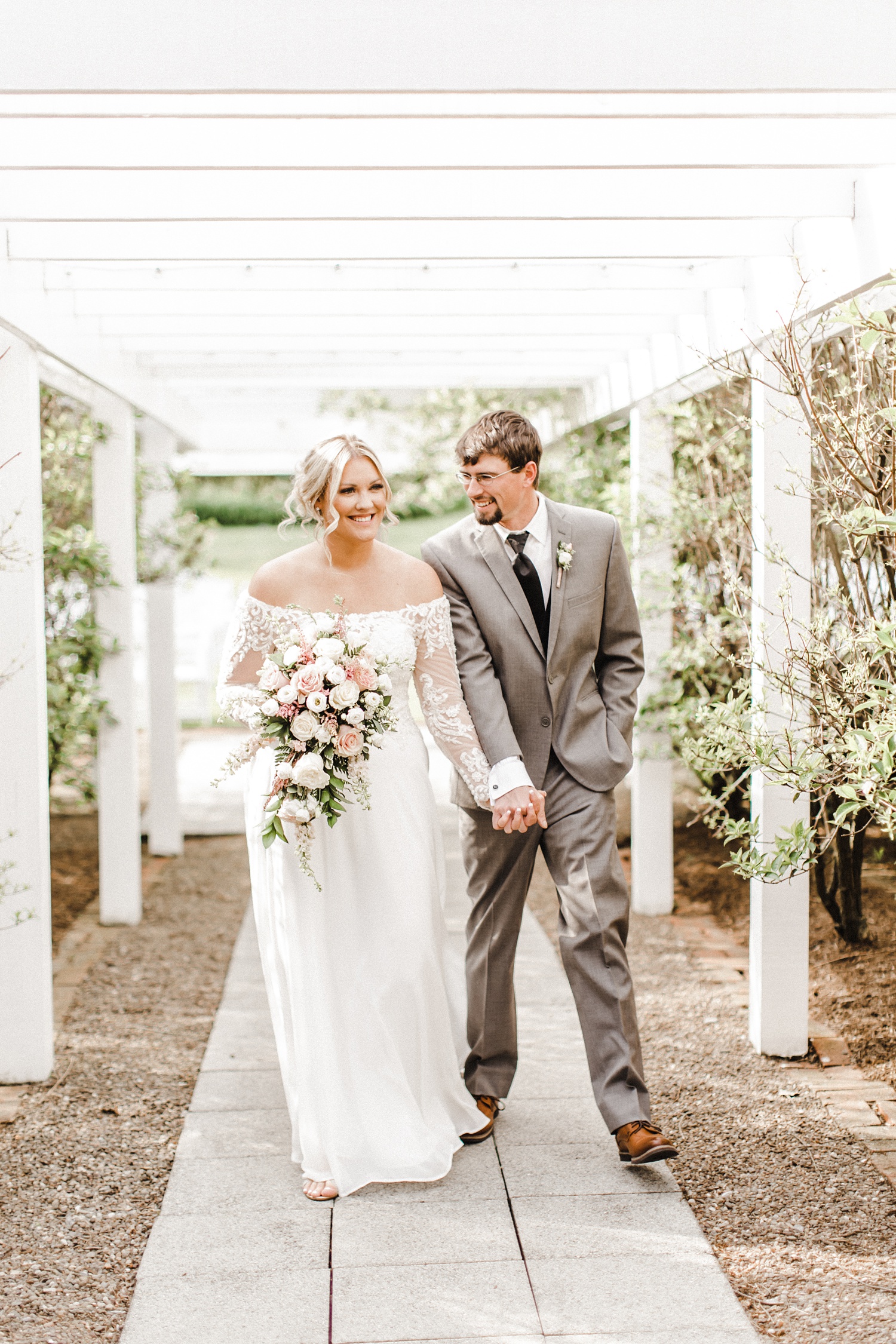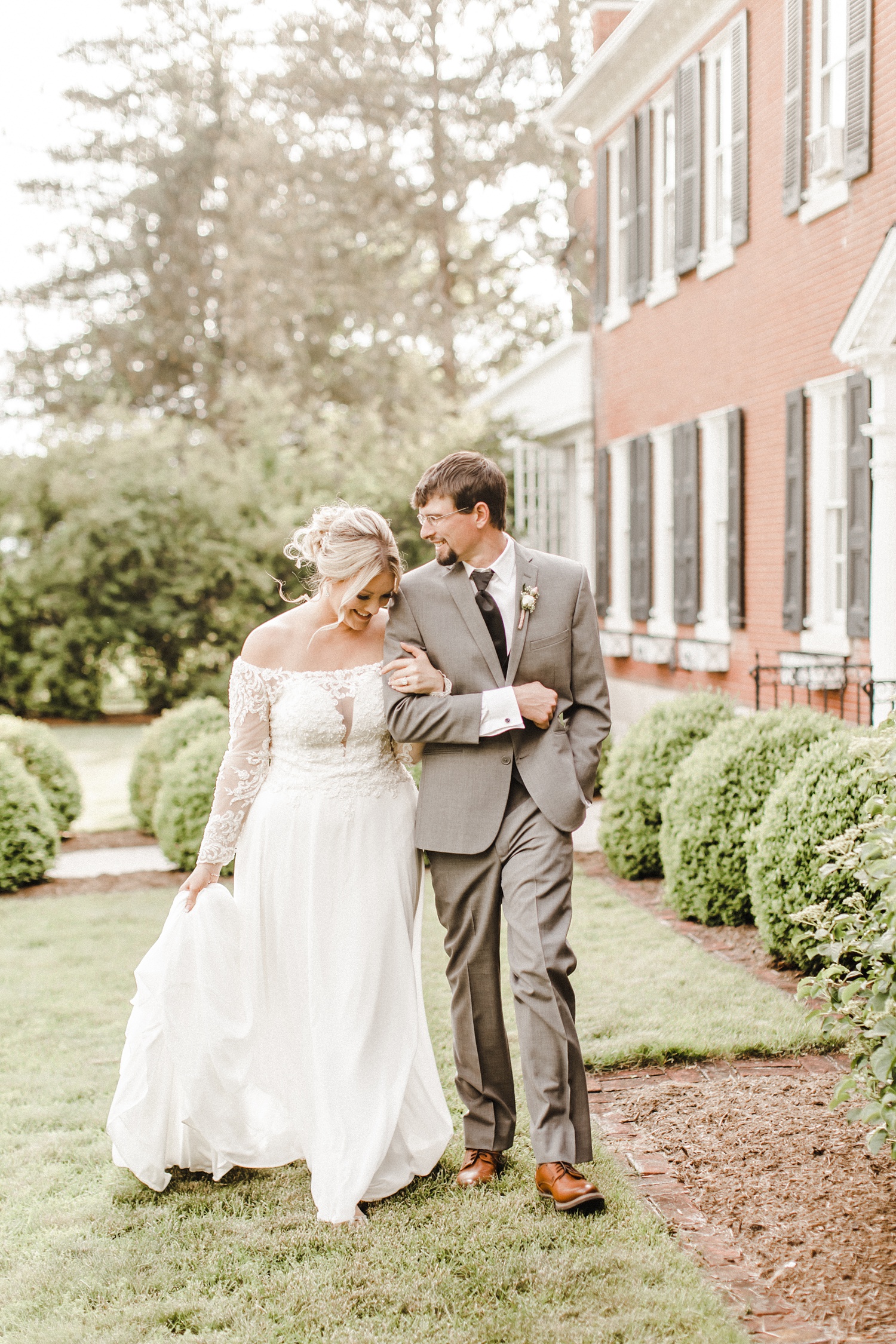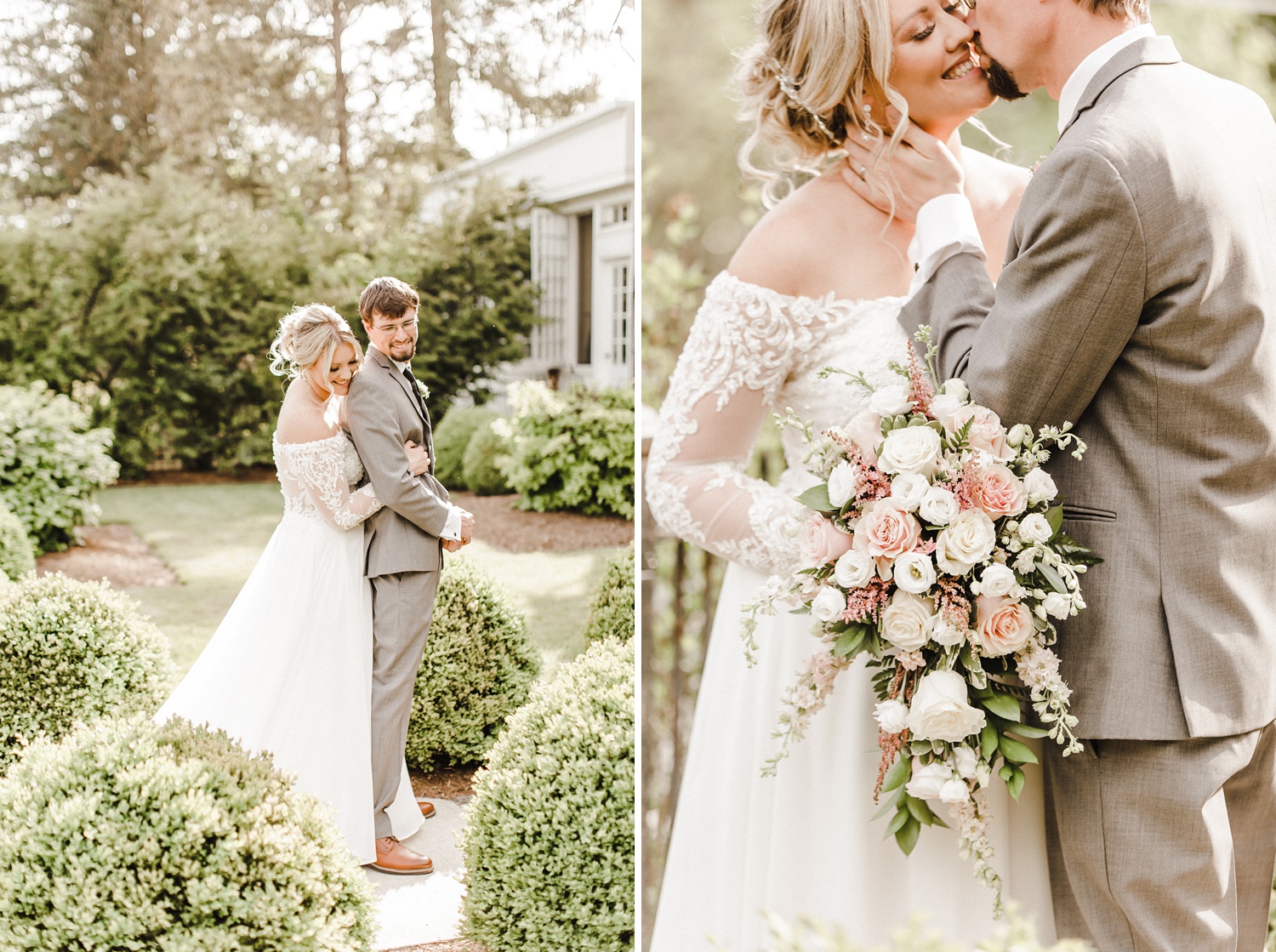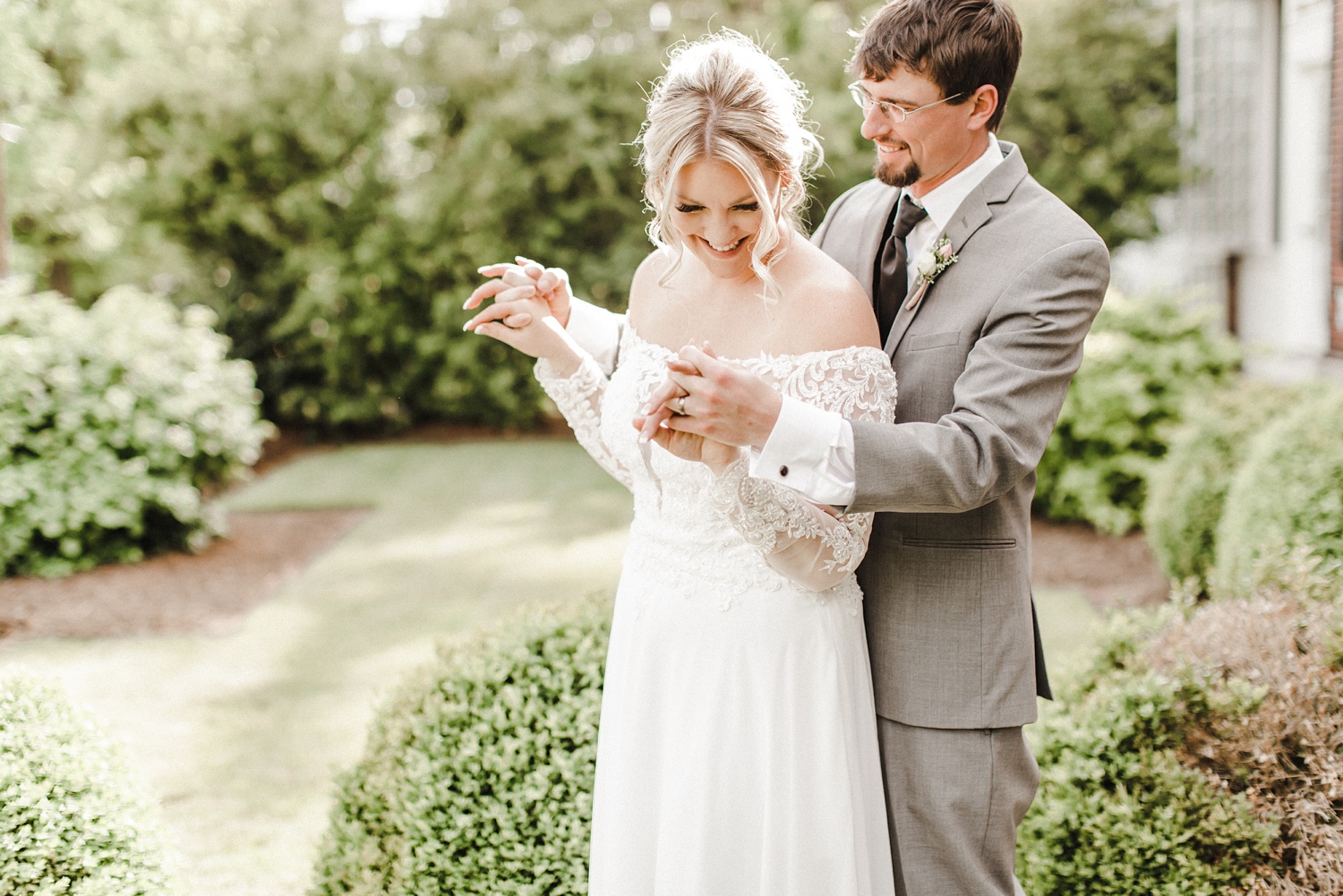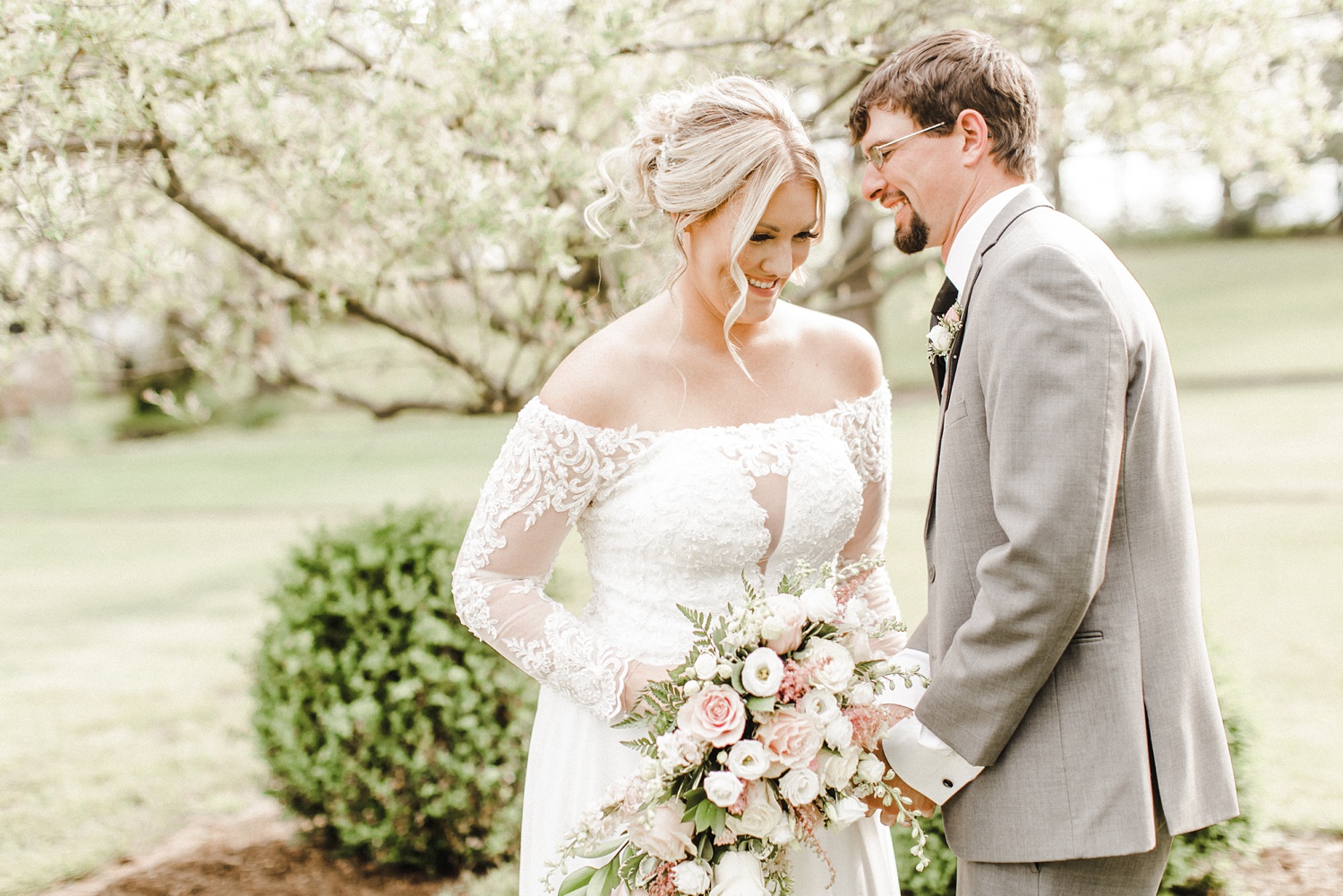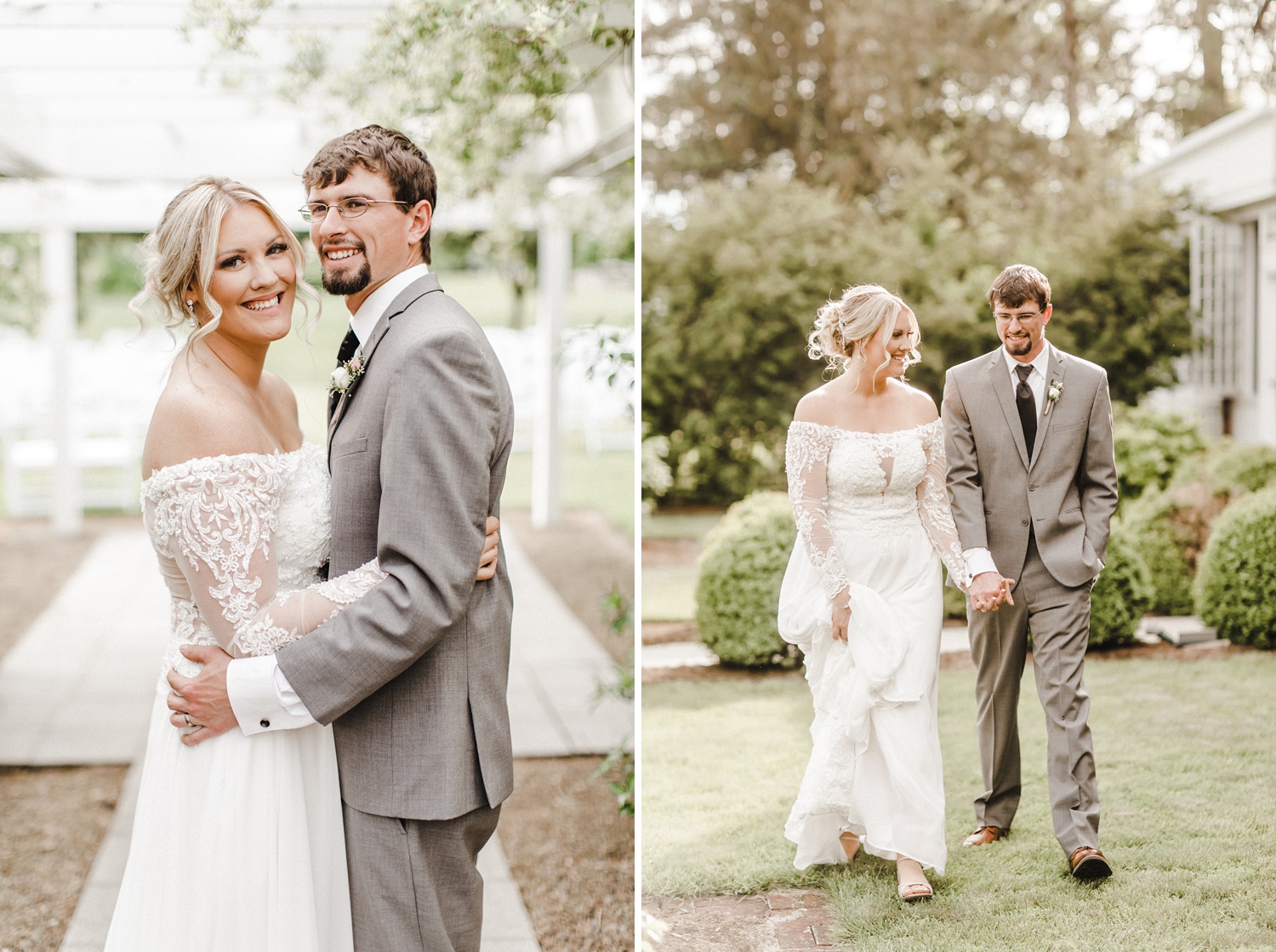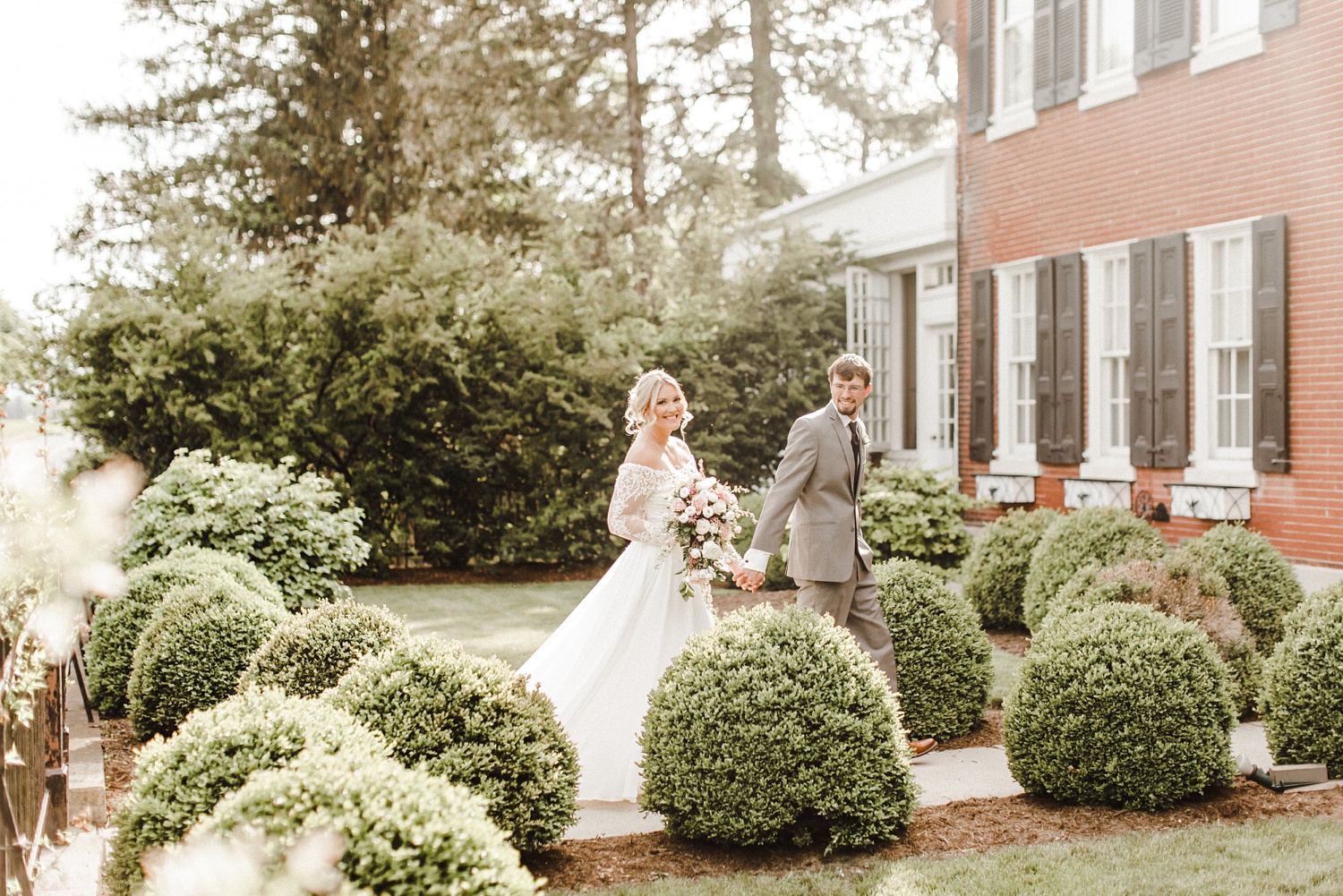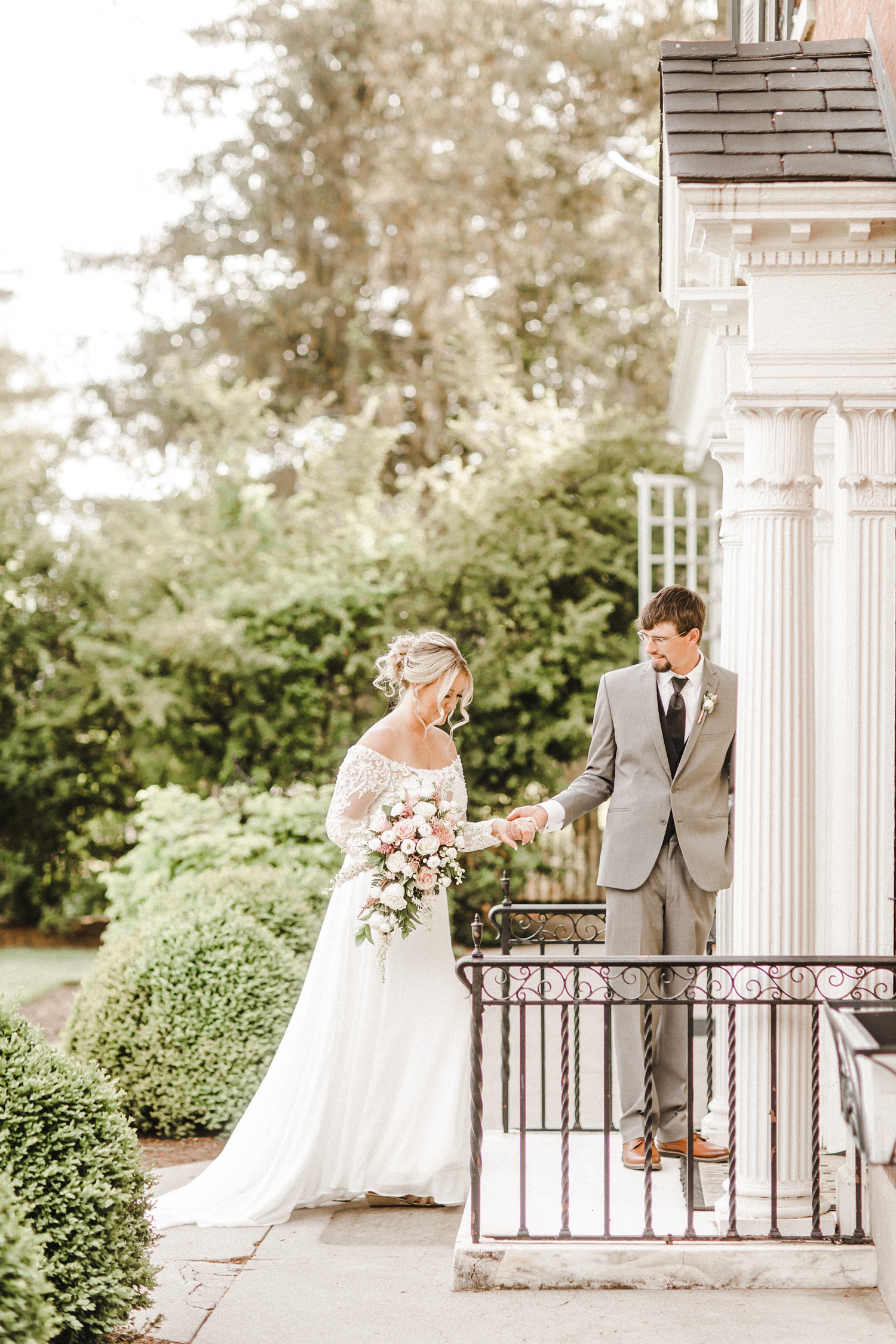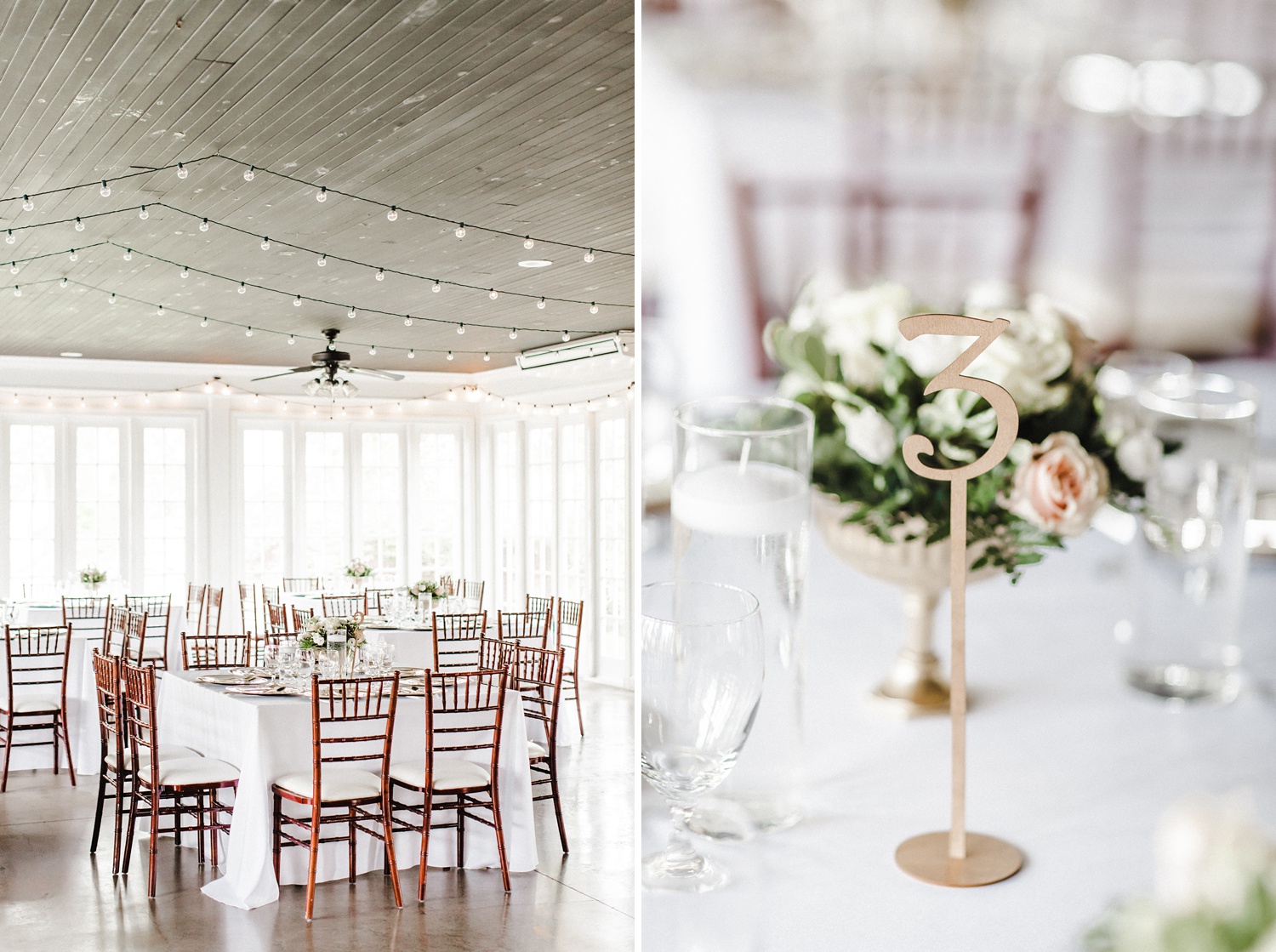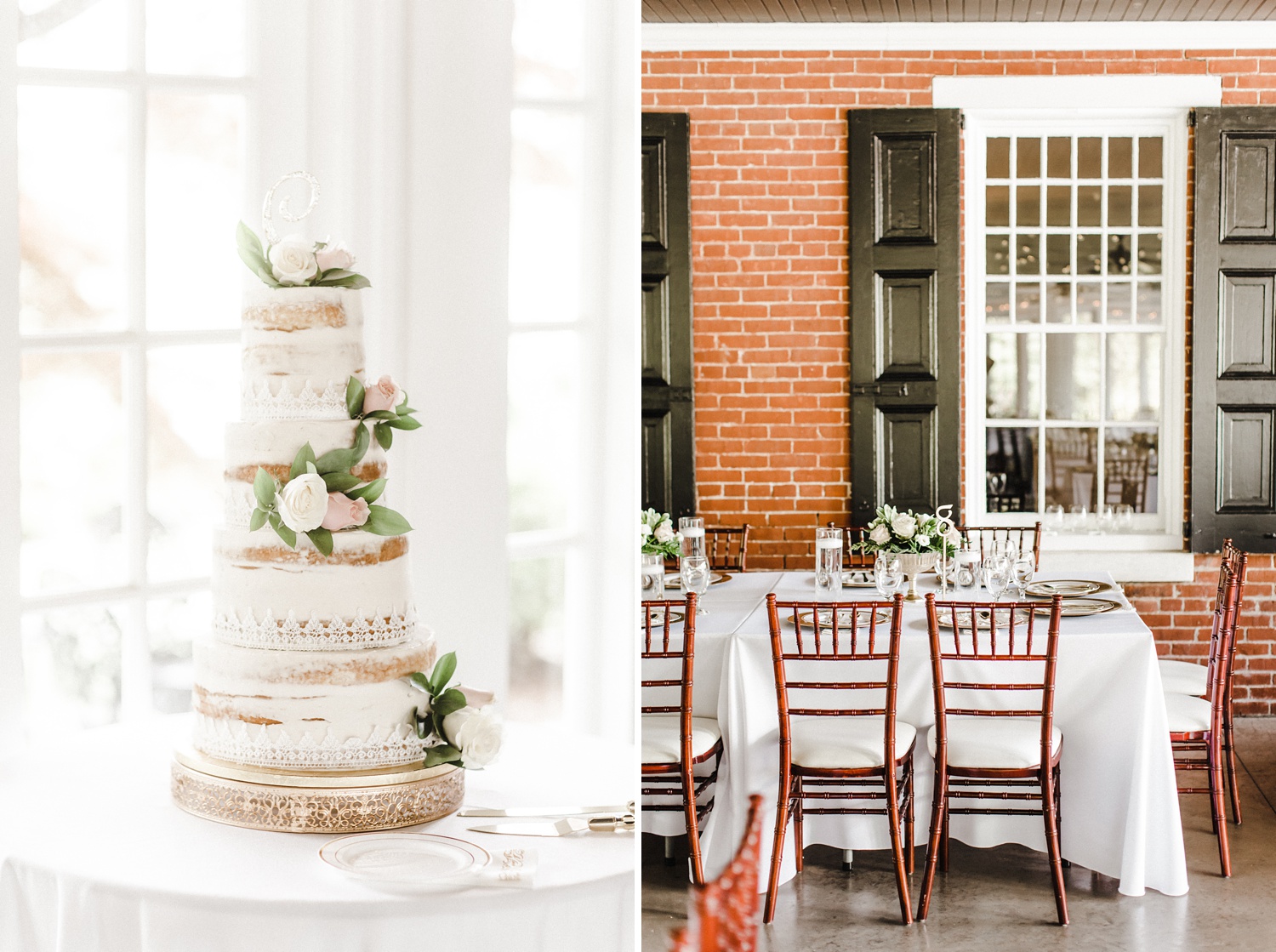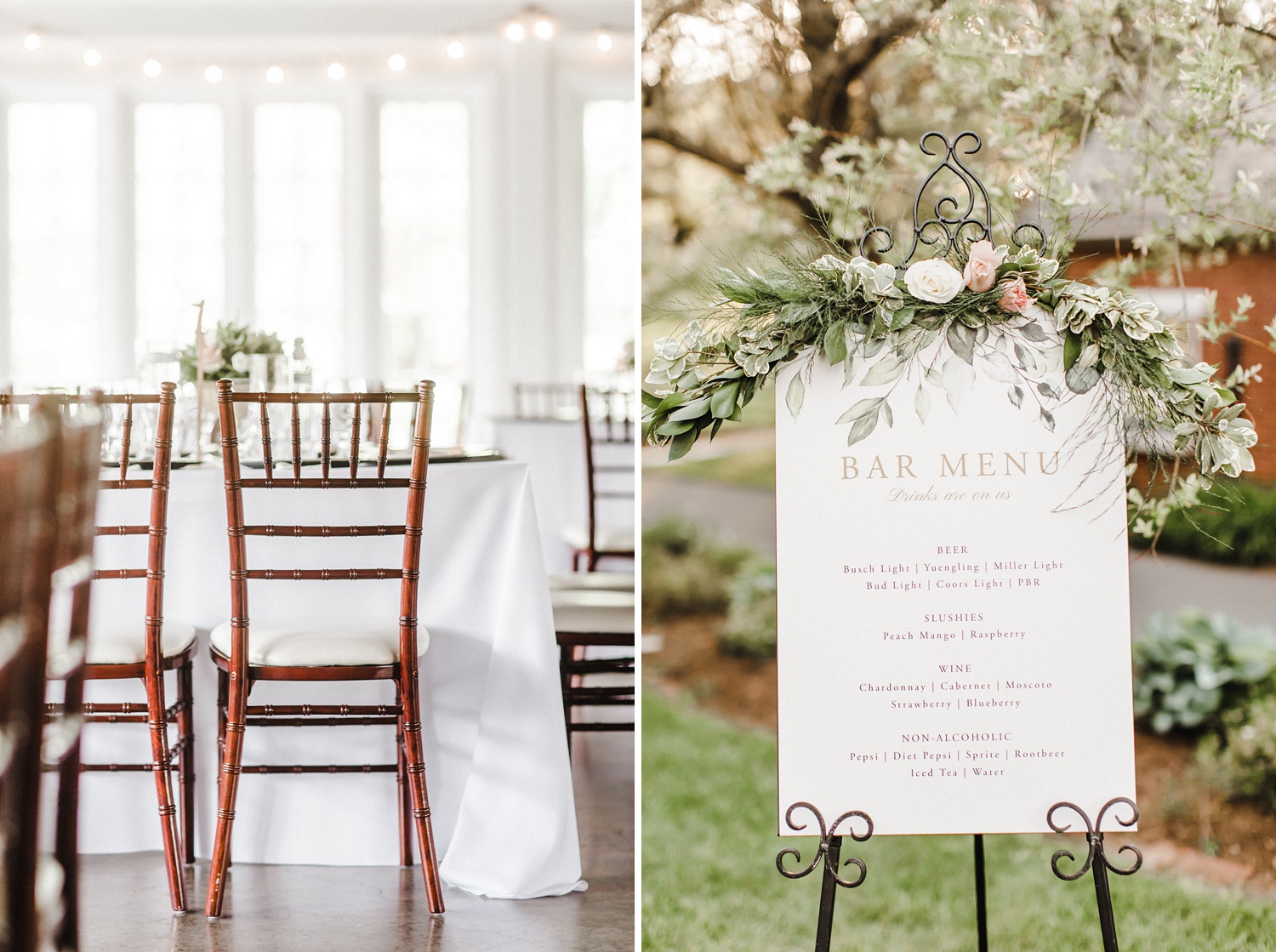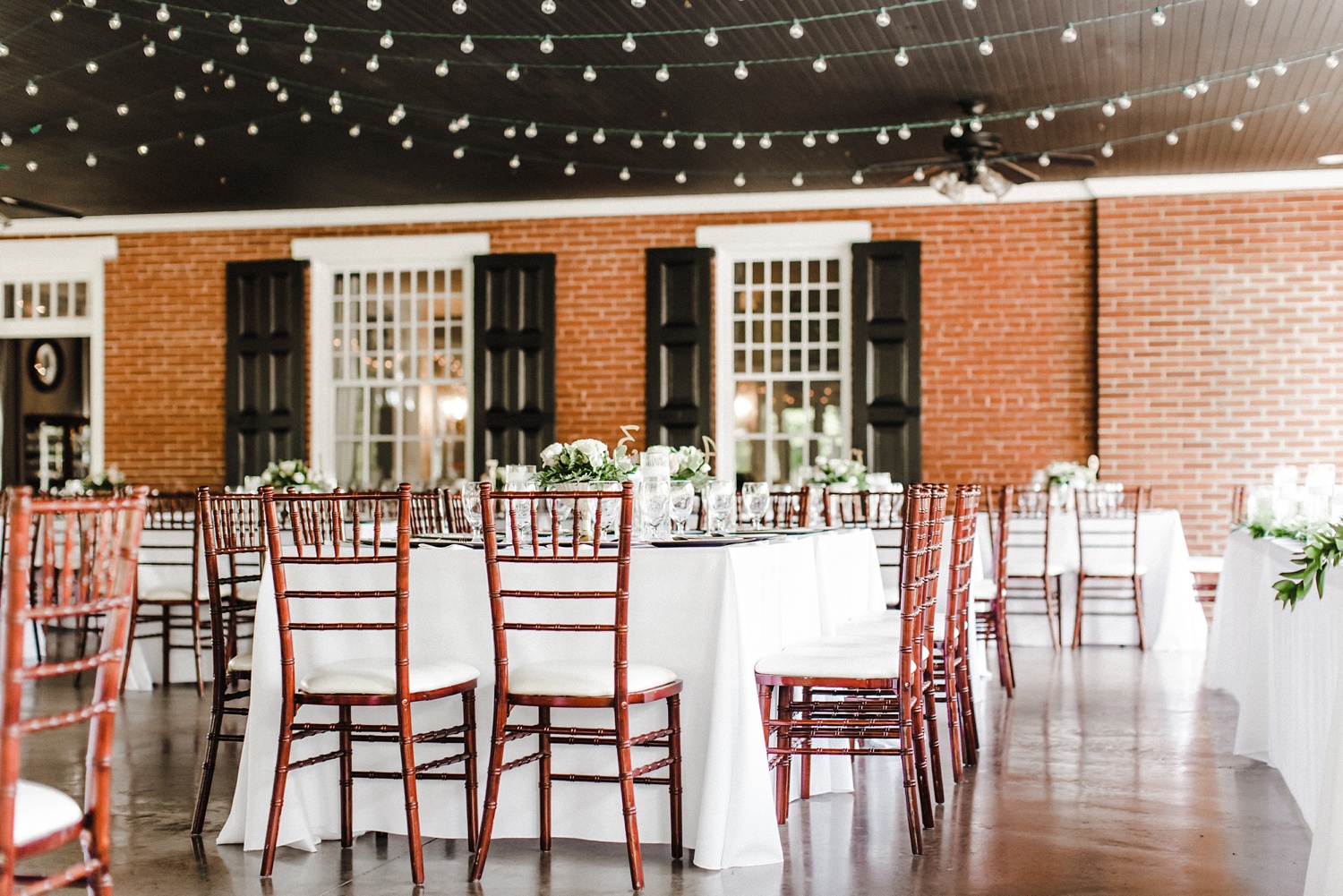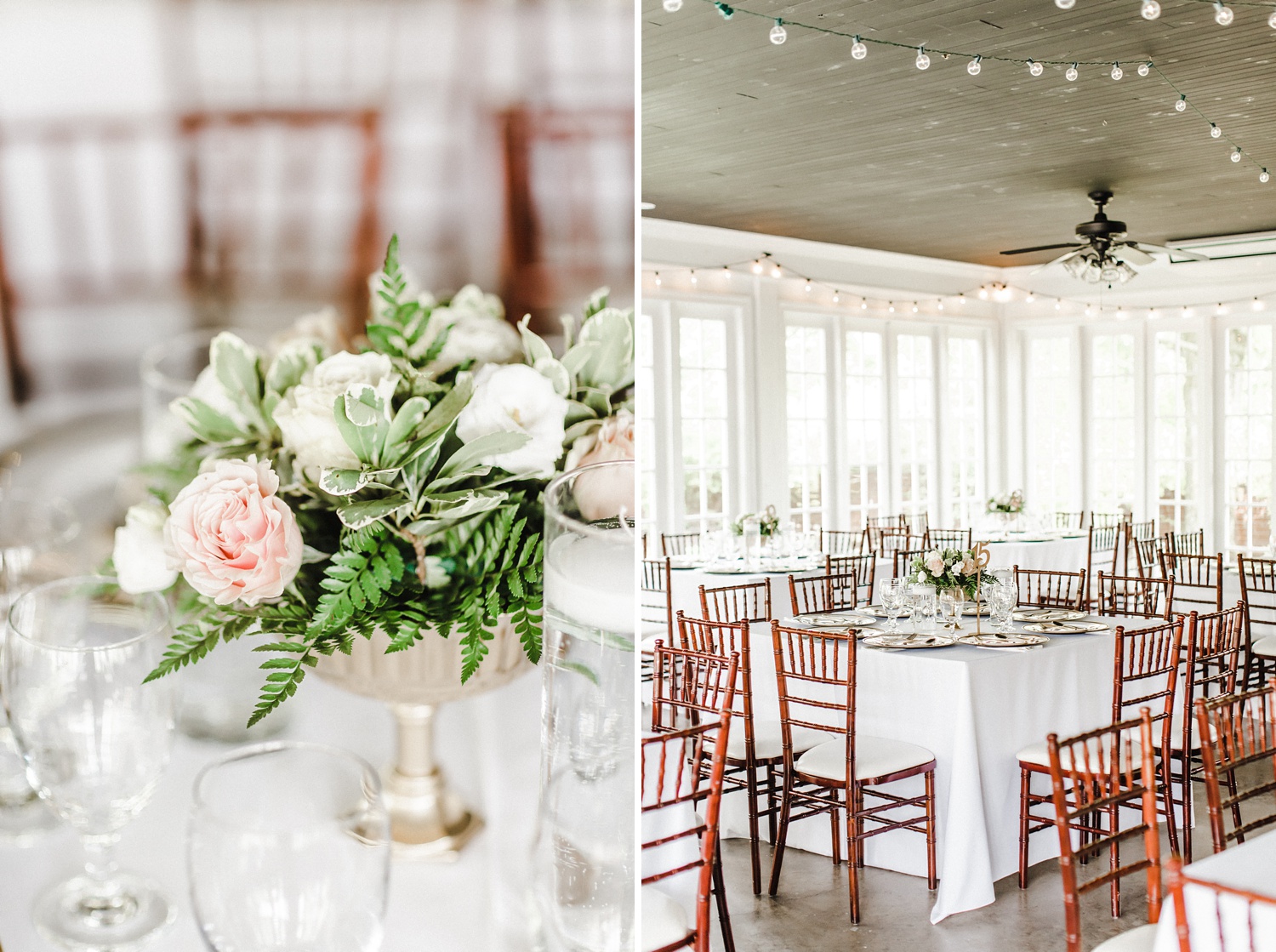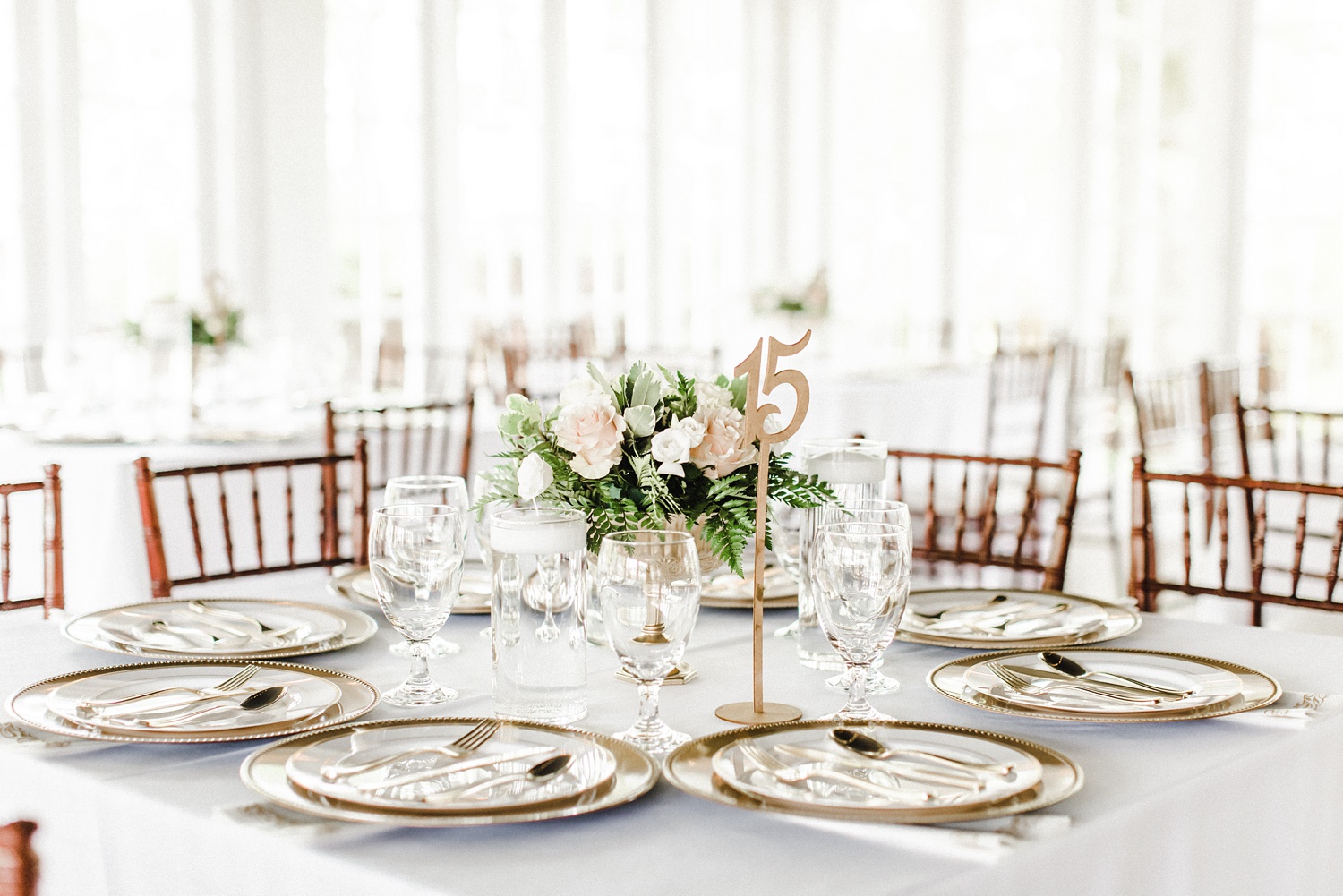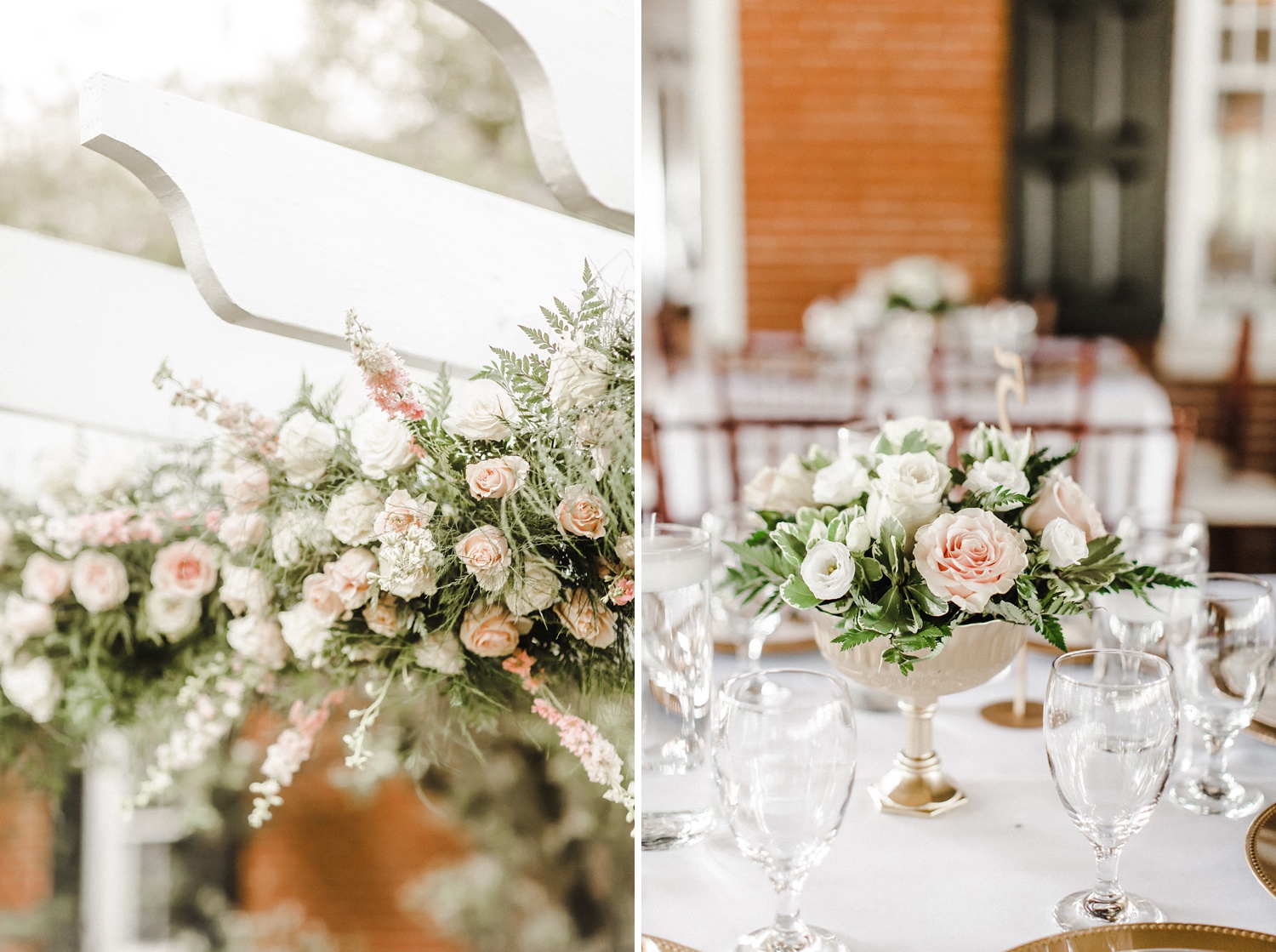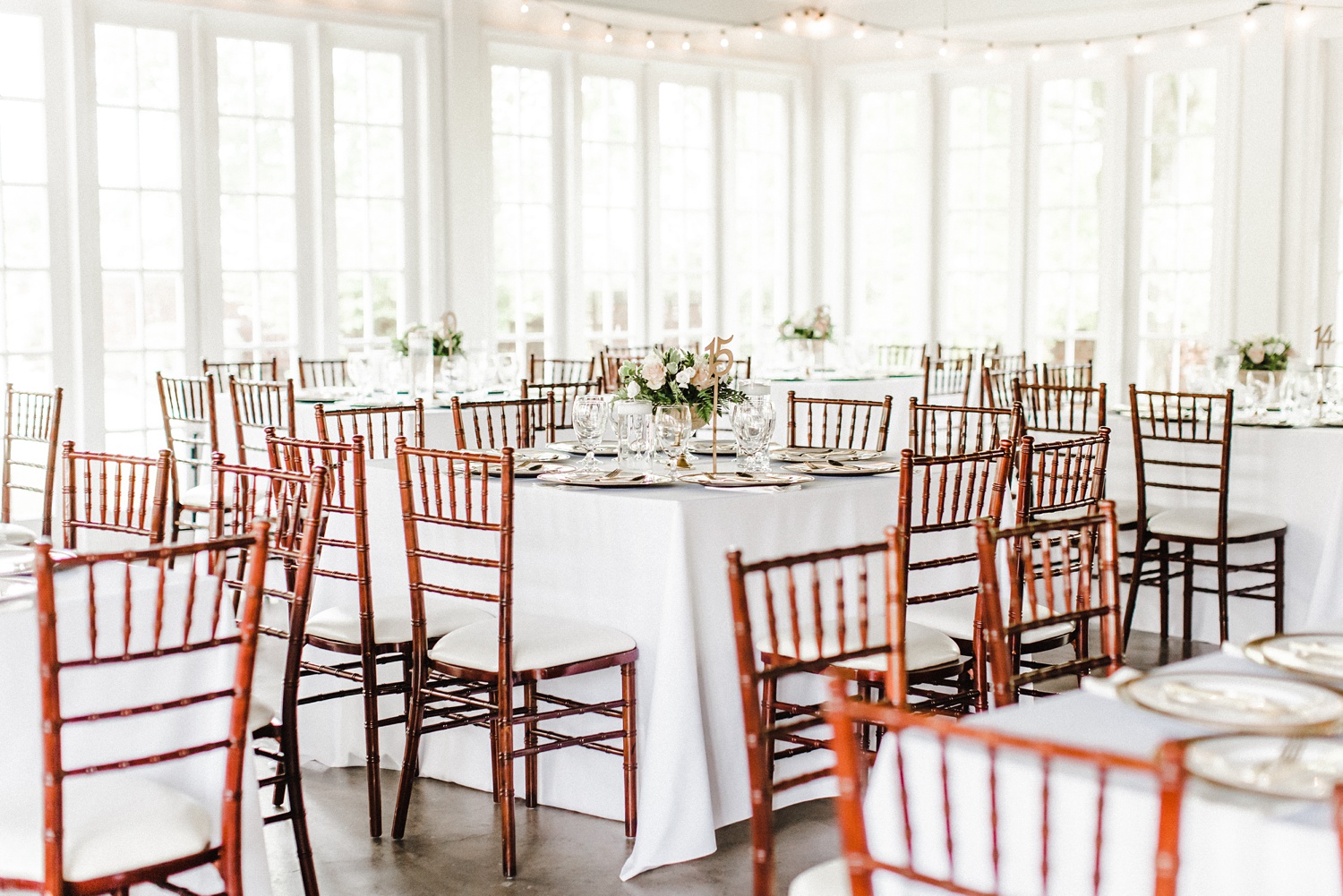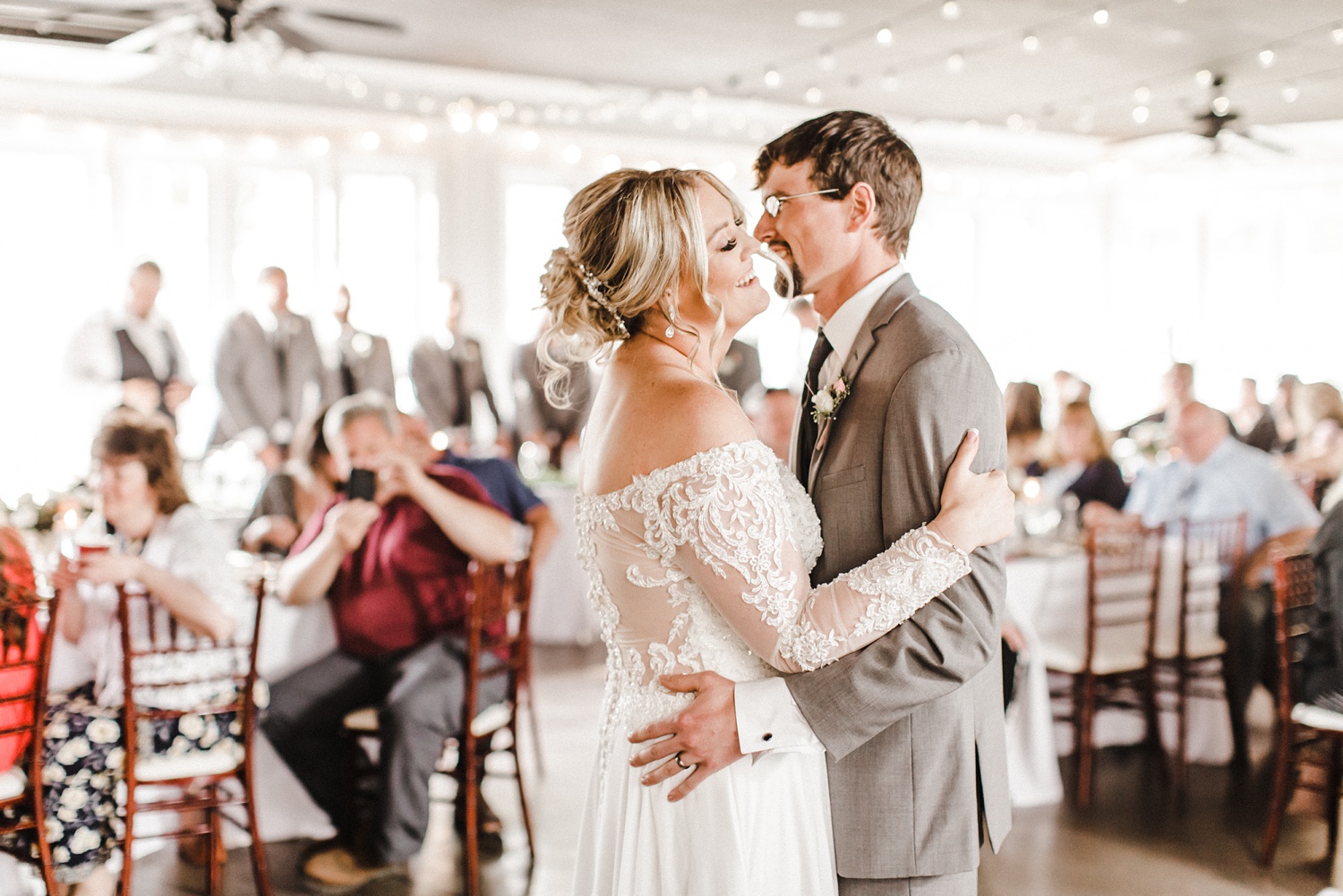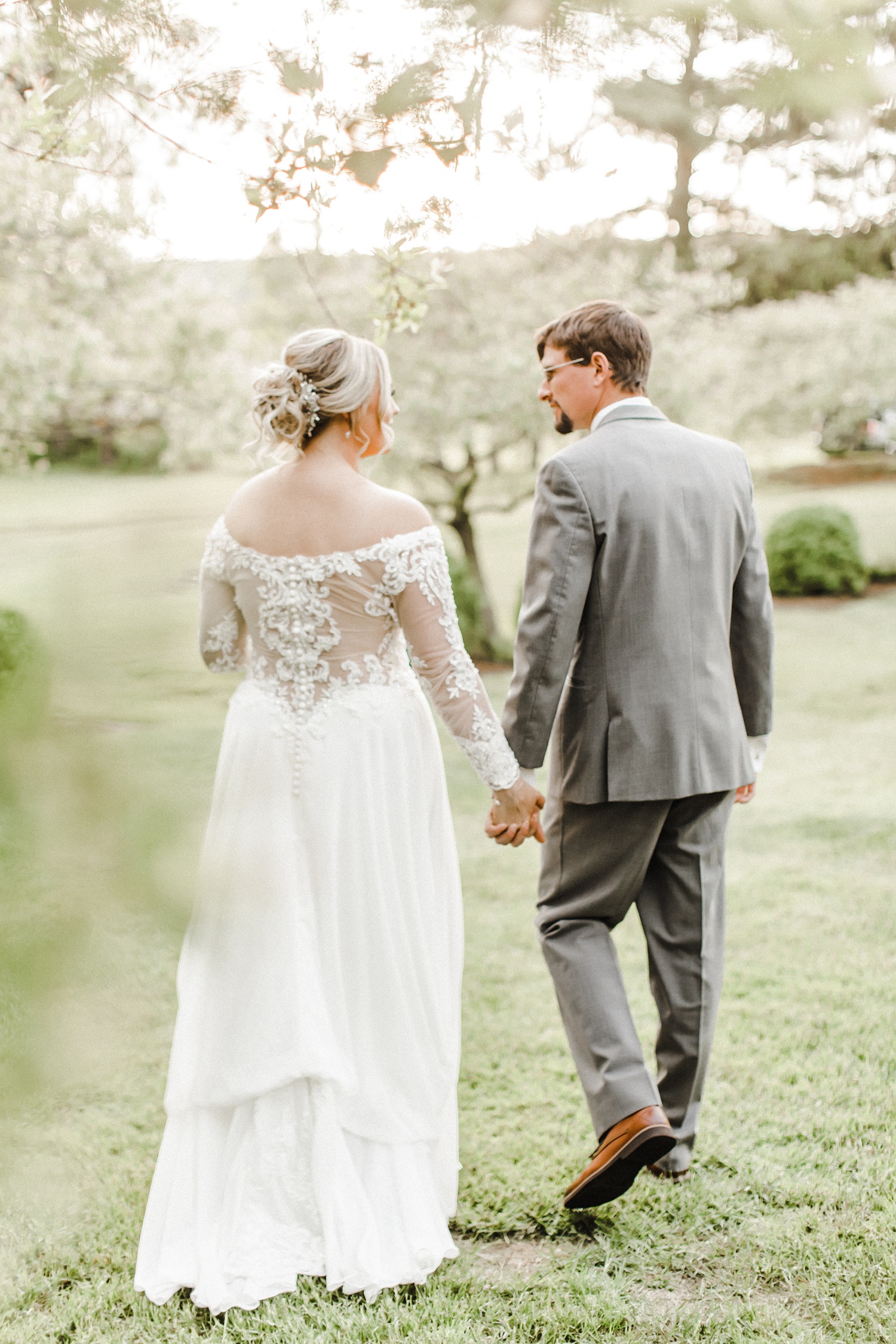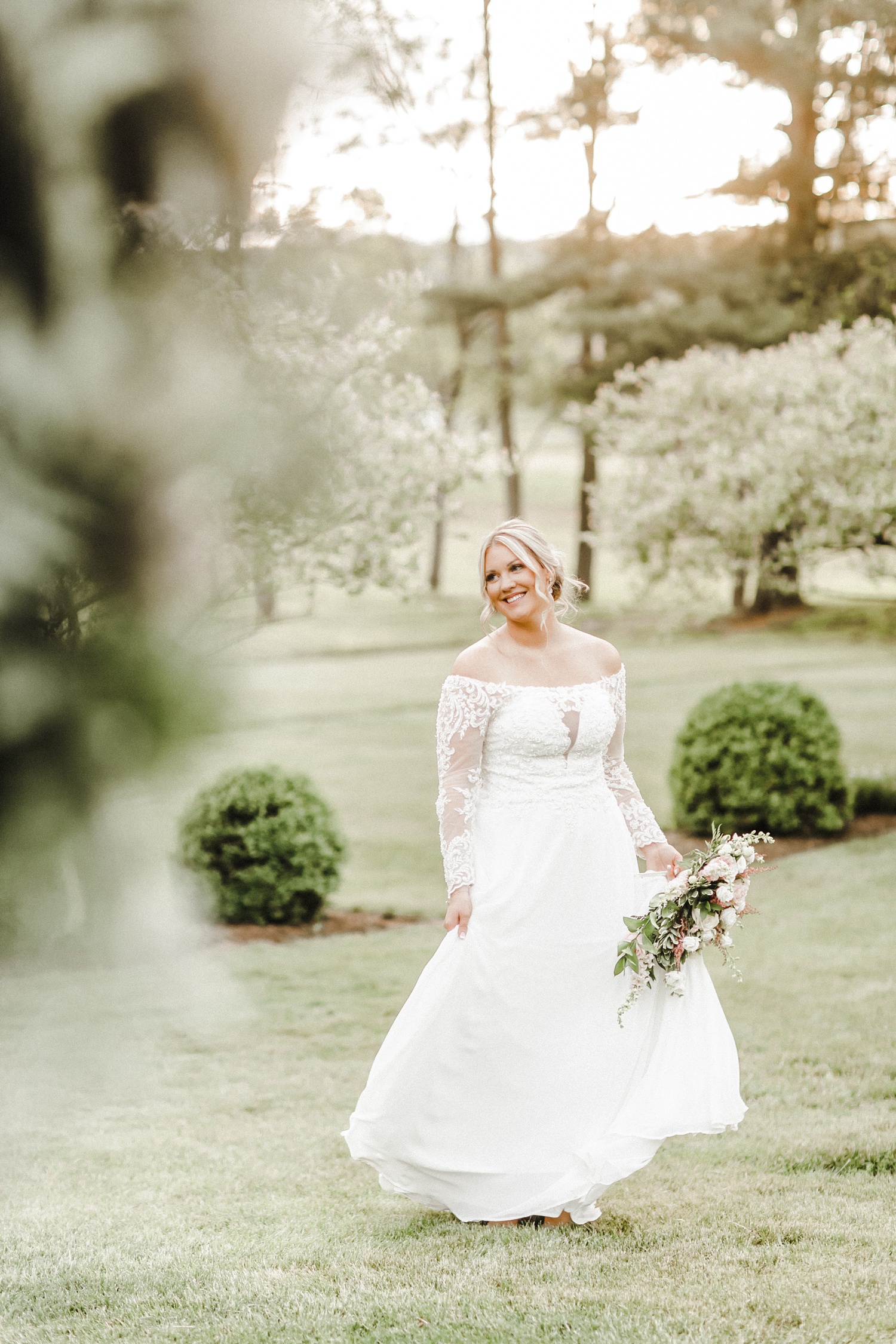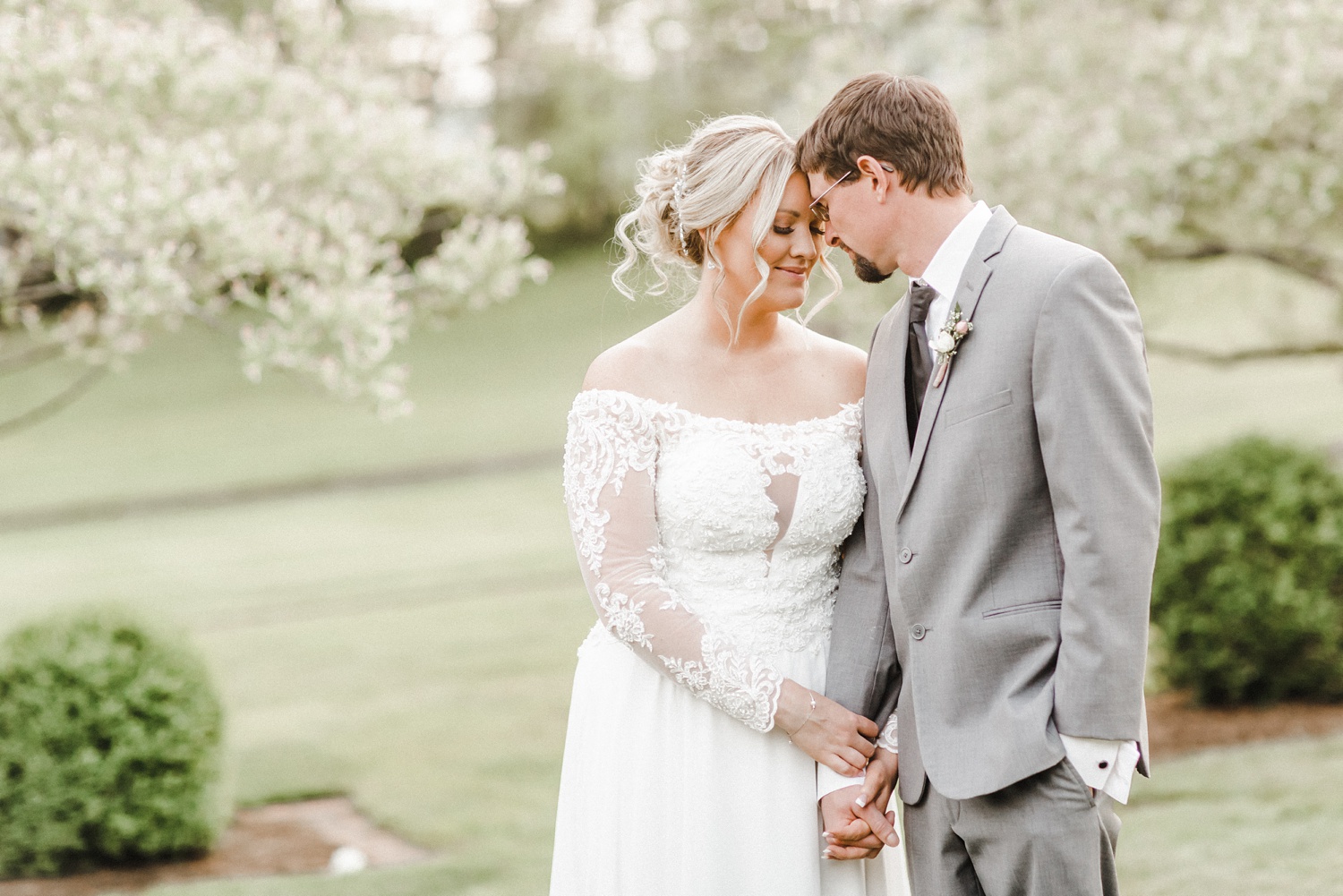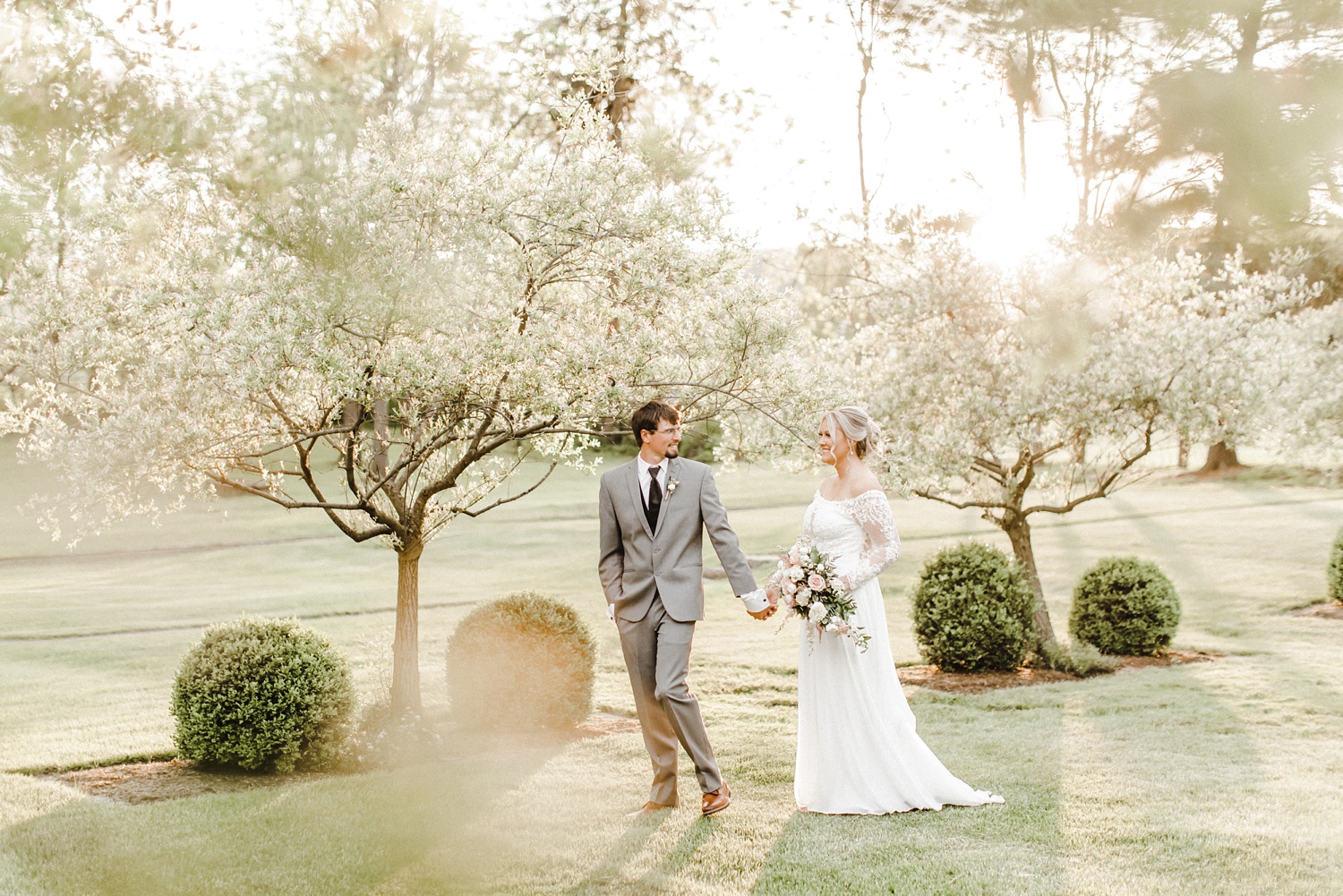[ad_1]
This year marks the 45th anniversary of the groundbreaking book “Firehouse,” featuring photographs by award-winning photographer Jill Freedman and text by firefighter and Firehouse Magazine founder, Dennis Smith.
The New York City Fire Museum is presenting Firehouse: The Photography of Jill Freedman, an exhibition running until April 2, 2023, that showcases images from the book and videos of Freedman describing how she was able to capture these incredible images.
Freedman was a highly respected New York City documentary photographer whose award-winning work is included in the permanent collections of The Museum of Modern Art, the International Center of Photography, George Eastman House, the Smithsonian American Art Museum, the New York Public Library, the Museum of Fine Arts, Houston, and the Bibliothèque Nationale, Paris, among others. She appeared in solo and group exhibitions throughout the world and contributed to many prominent publications.
In the “Firehouse” book, “Jill Freedman created a visual story that captures an important piece of New York City history,” said Jennifer Brown, executive director of the New York City Fire Museum. “Most importantly, she showed the humanity of firefighters through their day-to-day struggles and triumphs.”
The images in the exhibition include close-ups of the firefighters, action shots at the scene of a fire, and other scenes during the FDNY’s War Years in the 1970s..
“Exhibitions such as this are crucial to honoring Jill Freedman’s work and keeping her legacy alive, much like Jill did with her photography subjects,” said the Jill Freedman Estate: Marcia Schiffman, Susan Hecht, Nancy Schiffman Sklar, and Wendy Wernick. “Jill is one of the greatest photographers of all time, and we are pleased to partner with the New York City Fire Museum and other institutions to keep her work available to the public.”
Revised book
The Jill Freedman Estate also announced that they have re-released the book with a new introduction and new captions provided by retired 40-year veteran of the FDNY, Keith Nicoliello.
When I asked Nicoliello, who spent 37 years at Ladder 30, what drew him to the assignment, he had a very interesting response.
“We were working one day, and we were going shopping for the meal when this woman comes up to me and says ‘You guys have always been good cooks! I had a lot of good meals in firehouses.’ So, I said, ‘Who are you?’ and she said, ‘I’m Jill Freedman.’ She didn’t think I’d remember, but I said, “I know exactly who you are!’ I told her all about how much I liked the book, and she was thrilled.”
Later that day, Freedman came to visit Nicoliello at the firehouse, shot a quick video and they were friends ever since.
“When she passed away, her three cousins had an idea for a book…a second writing of the “Firehouse” book. They approached me and I said I’d love to be a part of this. I loved the book, I knew most of the guys in the book, so my job became putting captions to the pictures. And I am so proud to be part of this.”
Nicoliello shared the story of how Freedman was not allowed to stay in the bunk rooms while compiling the photos for the original book.
“She used to sleep in the battalion chief’s car,” he said. “That’s how dedicated she was.”
He went on to explain how each photo has a double meaning.
“A civilian will look at one of these photos and see something amazing,” he said. “A firefighter will see something completely different, especially FDNY guys because we had a certain way of doing things and she captured all of that.”
How it started
Back in the mid-70s, Freedman ran into Dennis Smith at a club in Greenwich Village. She was singing an Irish ballad (Freedman was multitalented) and when she was done, Smith comment about the impressive range of her voice. They began talking and Smith discovered that Freedman was also a photographer whose favorite photo was of a firefighter rescuing a cat.
Smith told Freedman how he always wanted to do a book filled with photos of firefighters and Freedman said how she was always obsessed with firefighters and in fact wanted to be a firefighter when she was younger.
Smith had already authored a couple of books, including the highly acclaimed “Report from Engine Co. 82,” and was in the process of launching Firehouse Magazine. The two talked about it for a while, but then went their separate ways.
And then, somehow fate brought them back together again…in Ireland.
“Ireland was like a second home for Jill,” said her cousin, Susan Hecht. In fact, Freedman visited and photographed the people of Ireland over a seven-year period and published two books, “A Time That Was: Irish Moments” and “Ireland, Ever.”
“On one of those visits, who does she meet again? Dennis Smith!” said Hecht. “They ate, they drank, and they decided they were going to do this book.”
Every photo tells a story
Freedman spent 6–8 months at Smith’s station, Engine 82 and Ladder 31 in the South Bronx and then she went to Engine 69 and Ladder 28 in Manhattan’s Harlem neighborhood.
“Every picture tells a story,” said Hecht. “Just talking to the firefighters here tonight you can see how these photographs bring out such emotion in them.”
One of those firefighters was 89-year-old Louis Andrade, who joined the FDNY in 1957 after having served in the U.S. Marine Corps.
“I was somewhat instrumental in getting her to ride the trucks in the South Bronx,” Andrade recalled. “I introduced her to the chief and told him that she was a photographer and that I she was going to ride with me. That was Chief Cuddles, that’s what we called him because he was like a little bear that you wanted to cuddle.”
One of things Andrade liked most about Freedman’s photos was how it showed firefighters interacting with the community “especially the children. We always had a great time with the children.”
Speaking of children
Dennis Smith passed away earlier this year, but his daughter, Ashley, was on hand for the opening of the exhibit and perfectly summed up the evening.
“This is such a wonderful thing that they did,” said Ashley Smith. “Dad would be happy and proud. We all are as well.”
Here is a small sample of what you can expect to see:
[ad_2]
Source link


